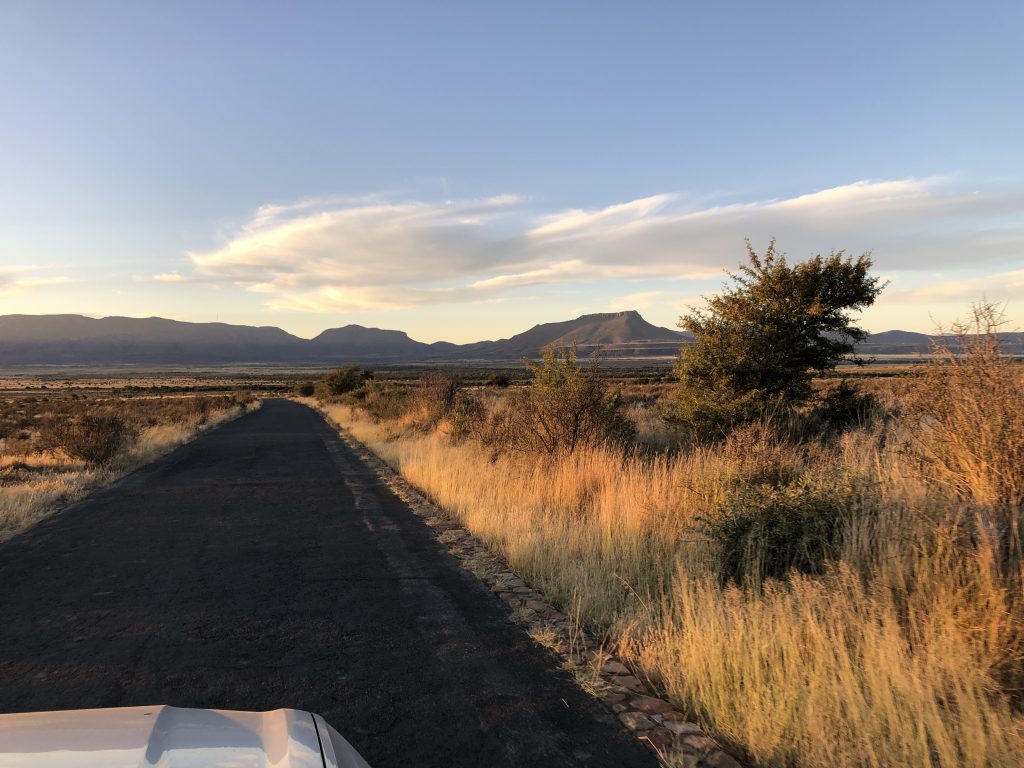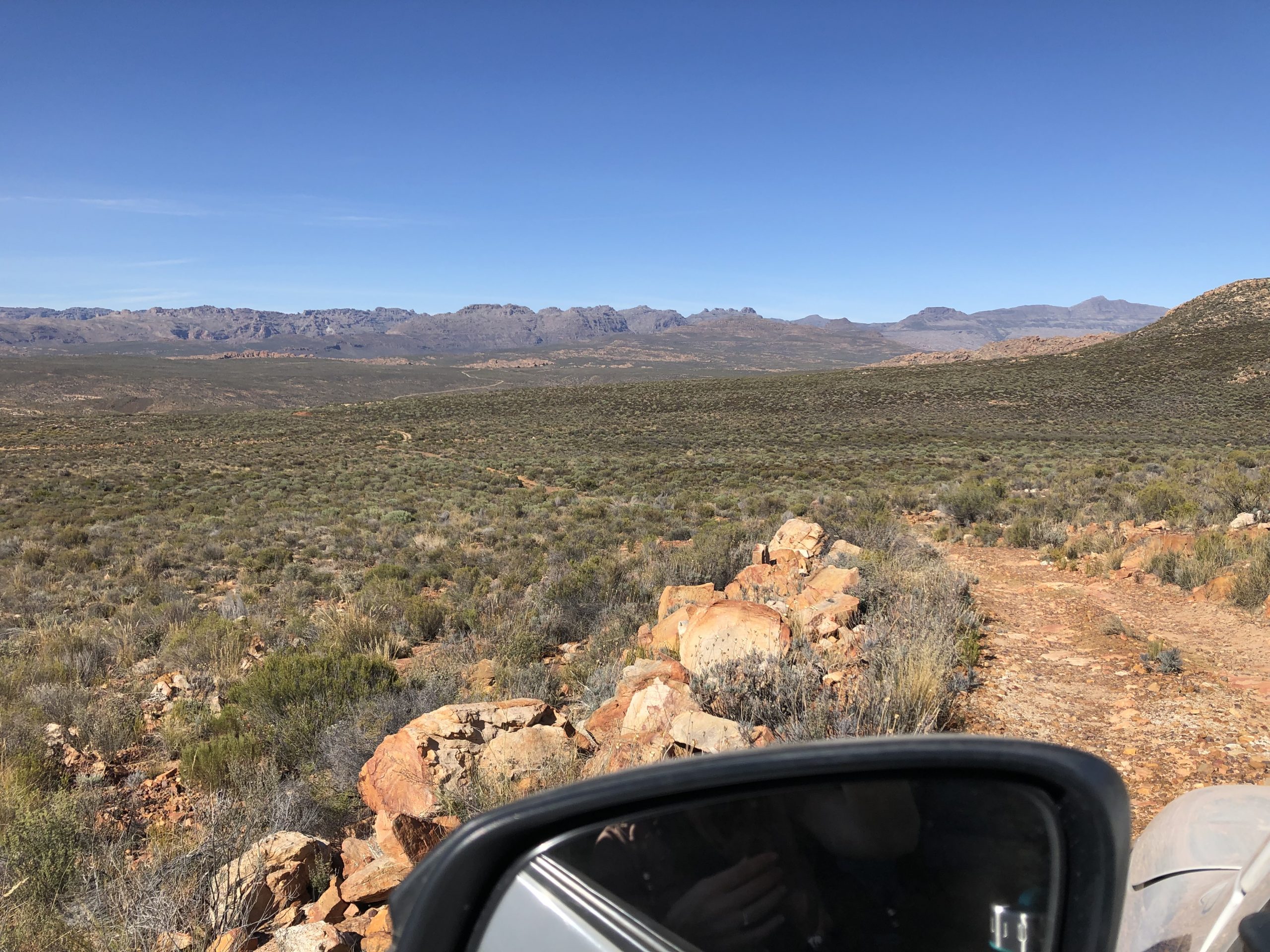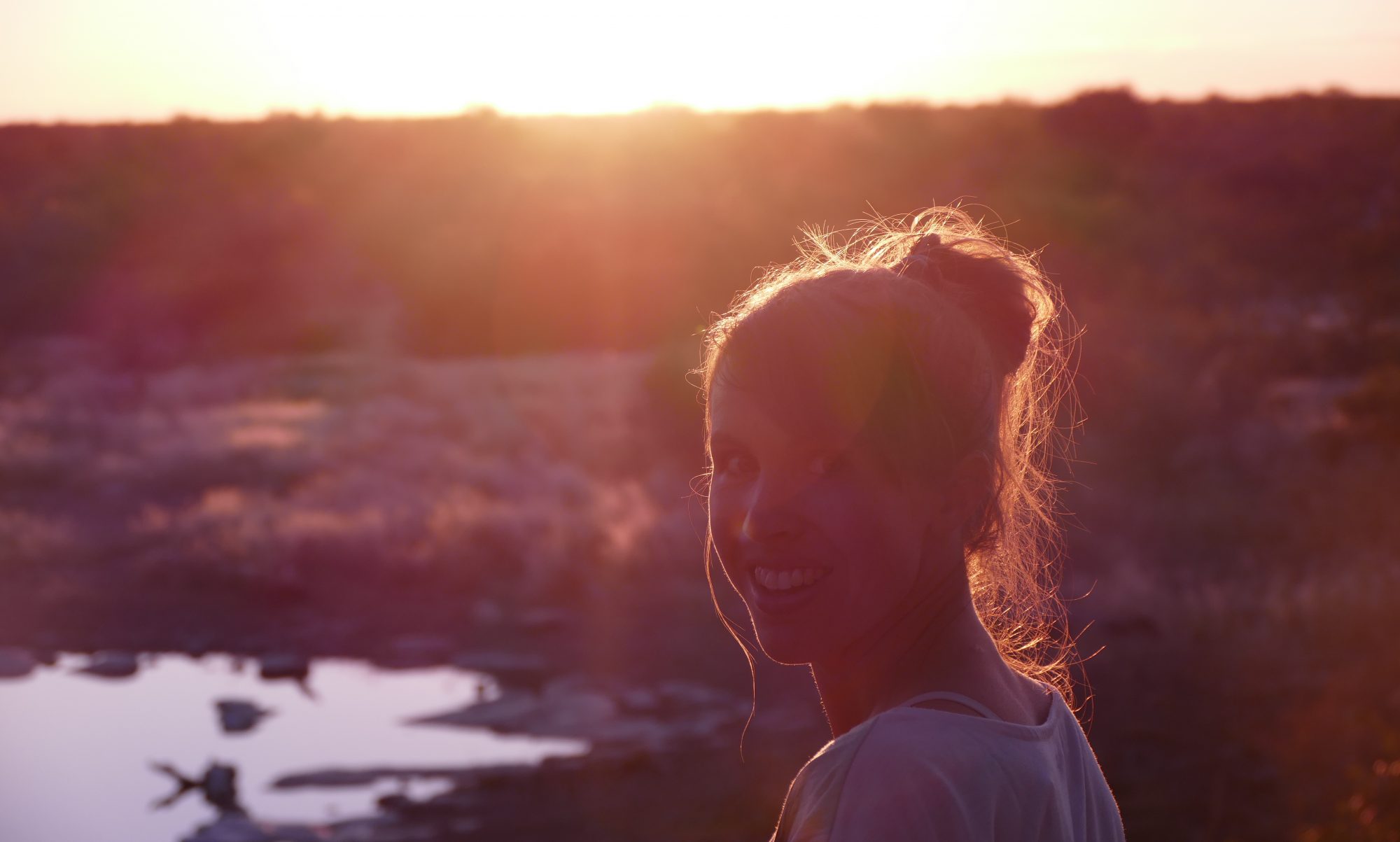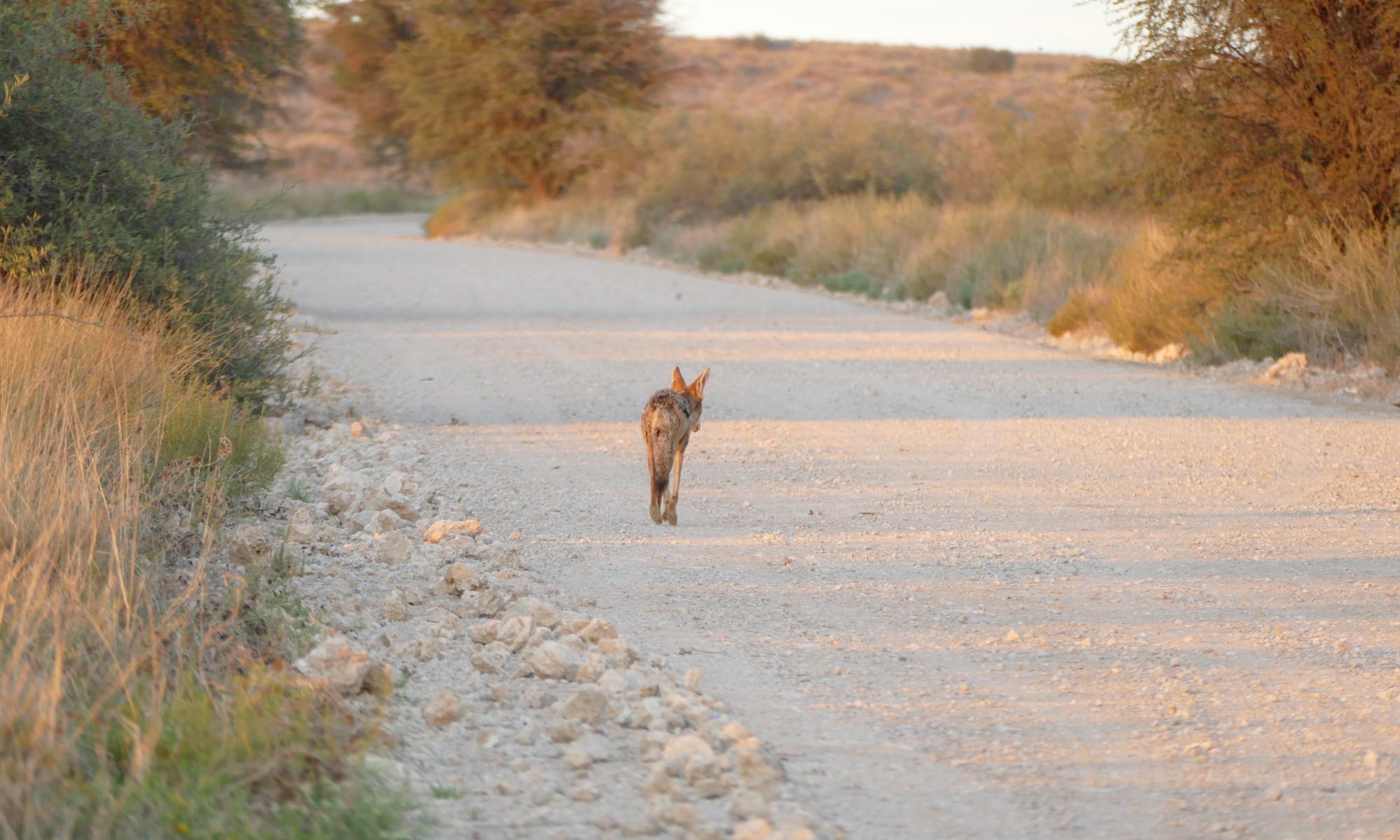The home of the Big Cats and waterfalls
Hereafter you will find a very special itinerary through the North of South Africa, exploring the Kagalagadi Transfrontier Park, a fascinating place to spot the wild and big cats of Africa while afterwards relaxing at the thundering waterfall of Augrabies Falls National Park before you head into the solitude of the Cederberg Mountains.
Northern South Africa in 15 Days through the Kgalagadi Park!
Dec. 2021: Hello, Bonjour and Hallo from a two weeks travel route through one of the world’s last great, unspoiled ecosystem, the magical Kgalagadi Transfrontier Park (KTP) and the breathtaking waterfalls of the Augrabies Falls National Park in the North of South Africa. Here, you can find ideas for an individual itinerary and what you would like to discover in the arid areas full of life.
Short summary:
- Length – 15 days / 14 nights
- Total km – ca. 2.600km
- Vehicle – 4WD is helpful but not necessarily needed
- Road conditions – good conditions of tared, gravel and sandy roads
- Accommodation – SAN Park camps, tented camps, chalet
- Highlights – Lion, cheetah and leopard sightings, Kalahari tented camp, Augrabies Falls
- Advice – Get yourself the wildcard, which allows you to enter all the SAN Parks for free
If you have about two weeks of vacation and you are looking for a true wildlife experience where you can come close to the African big cats, the Kgalagadi Park in South Africa will treat you with unforgettable sightings. Keep in mind to not drive during darkness as it bears many risks due to crossing wildlife and other hazardous possibilities, so plan always enough time to reach your next goal within the sunlight. Within the park the gates are only open between sunrise and sunset to protect the wildlife and you, so you have to arrive in time to your next location. The toughest part to plan this journey is the accommodation within the KTP as there is limited space available to keep tourism at a low level. Thus, even during COVID-19 times you will have to start your planning and booking very early. SAN Parks opens up the reservation 11 months prior to your travel time and you should seriously start thinking about your journey then in order to get the spots you want. In the South African part, you will find 6 wilderness camps dotted around the park that are unfenced and where wildlife will roam freely around your place as well as 3 main rest camps with chalets or camping spots available in a fenced area. Both camp options are run by SAN Parks and the booking shall be made through their system, best via emailing or calling SAN Parks. In addition there are 3 luxury lodges run by private management and unfenced campsites are available in the Botswana section. In the end your route within the park will be determined by the availability of SAN Parks accommodation, enjoy whatever they can and will offer to you. However, keep an eye on the distances and driving times to ensure you can actually reach your next destination. To get a great understanding of the park and to prepare for your self-drives, the Kgalagadi Self-Drive book is a perfect match for your trip. It will help you with judging the distances between camps and highlight you many wildlife hot spots in order for you to get the best out of your adventure. Inside the park, there are no border posts hence you can drive easily between the South African and the Botswana section, crossing borders as often as you like.
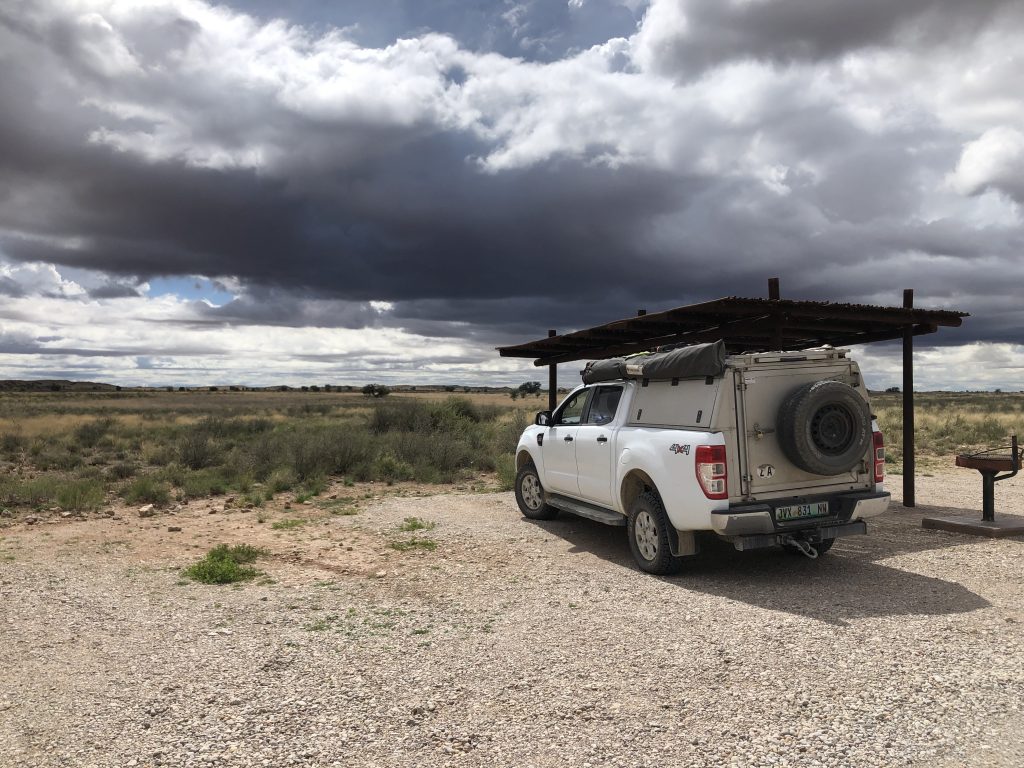
CPT Airport – Cape Town drive about 20km; 20min
Day 1: Most likely you will arrive in the late morning hours at the airport, allowing you to pick up your camper and stock on provisions for the next days to come. Relax in Cape Town or hike one of the marvelous routes that will spoil you with magnificent views of the town, the ocean and Table Mountain. Enjoy Mother city before you will head early morning next day to start your way up North into the wilderness.
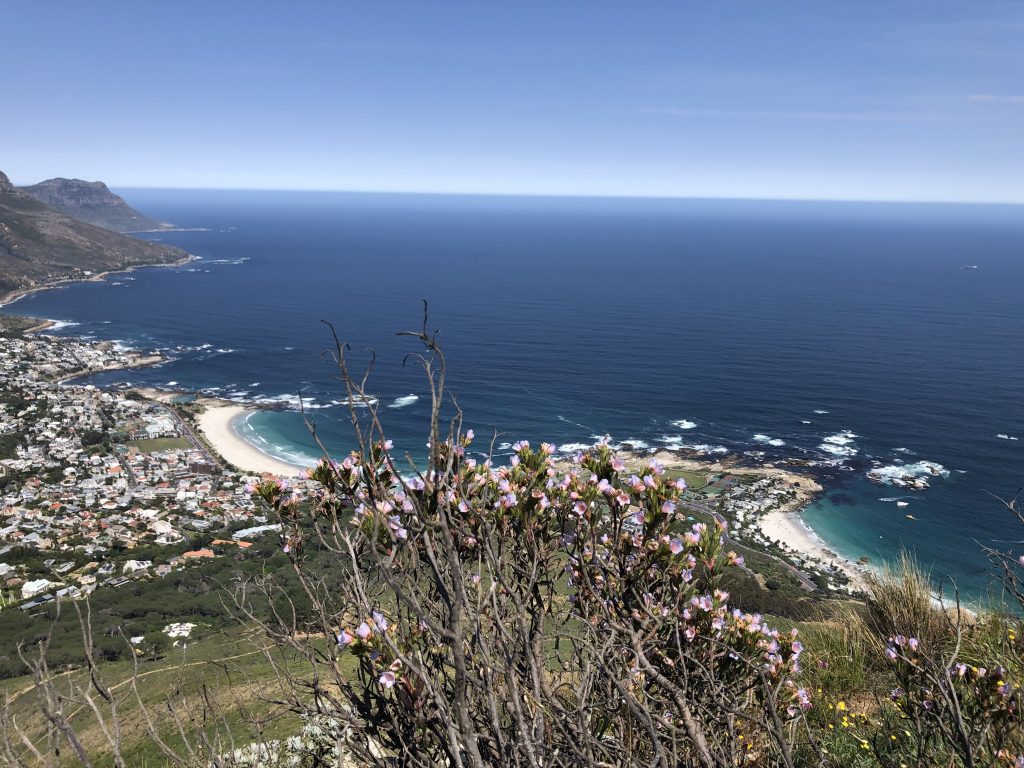
Cape Town – Upington drive about 820km; 8hr 30min
Day 2: It is time to wake up early and to jump into your car to start your journey towards the North of South Africa, into one of the most arid regions that is home to the dust of the Kalahari desert. You will drive on tar road until Upington, which makes it an easy and almost pleasant drive. The Oranjerus Resort is beautifully situated at the Oranje river and allows you to relax after the driving. Don’t miss out to stop at the Kanoniki Padstal, the food is worth a stop close by the Oranjerus Resort.
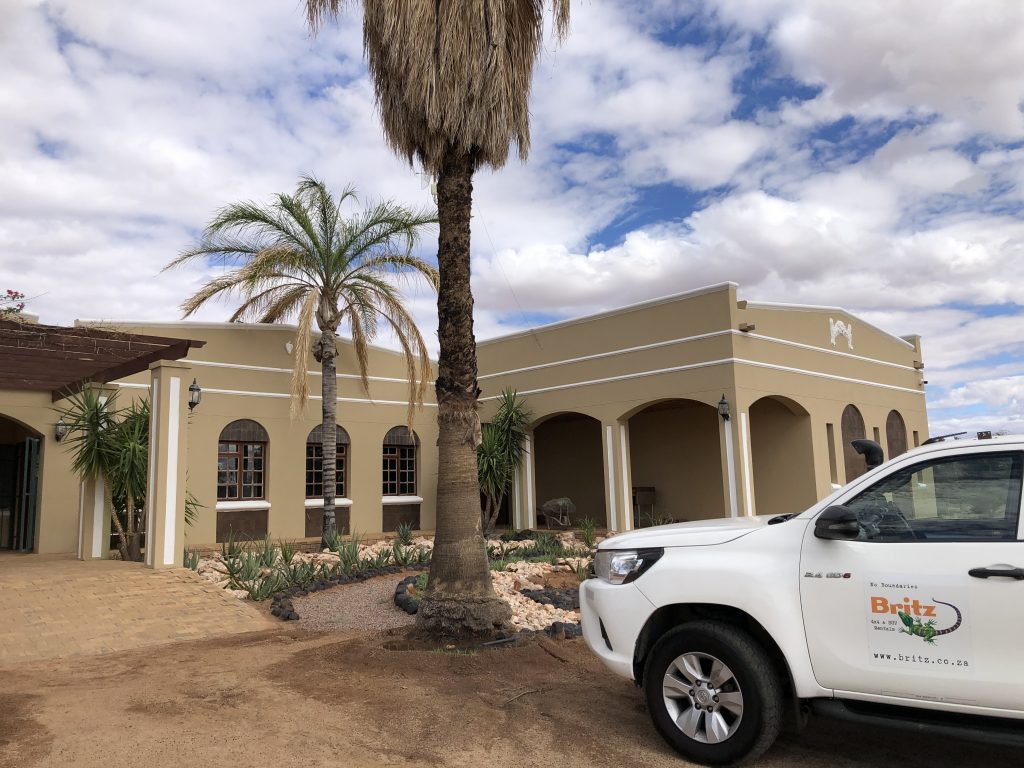
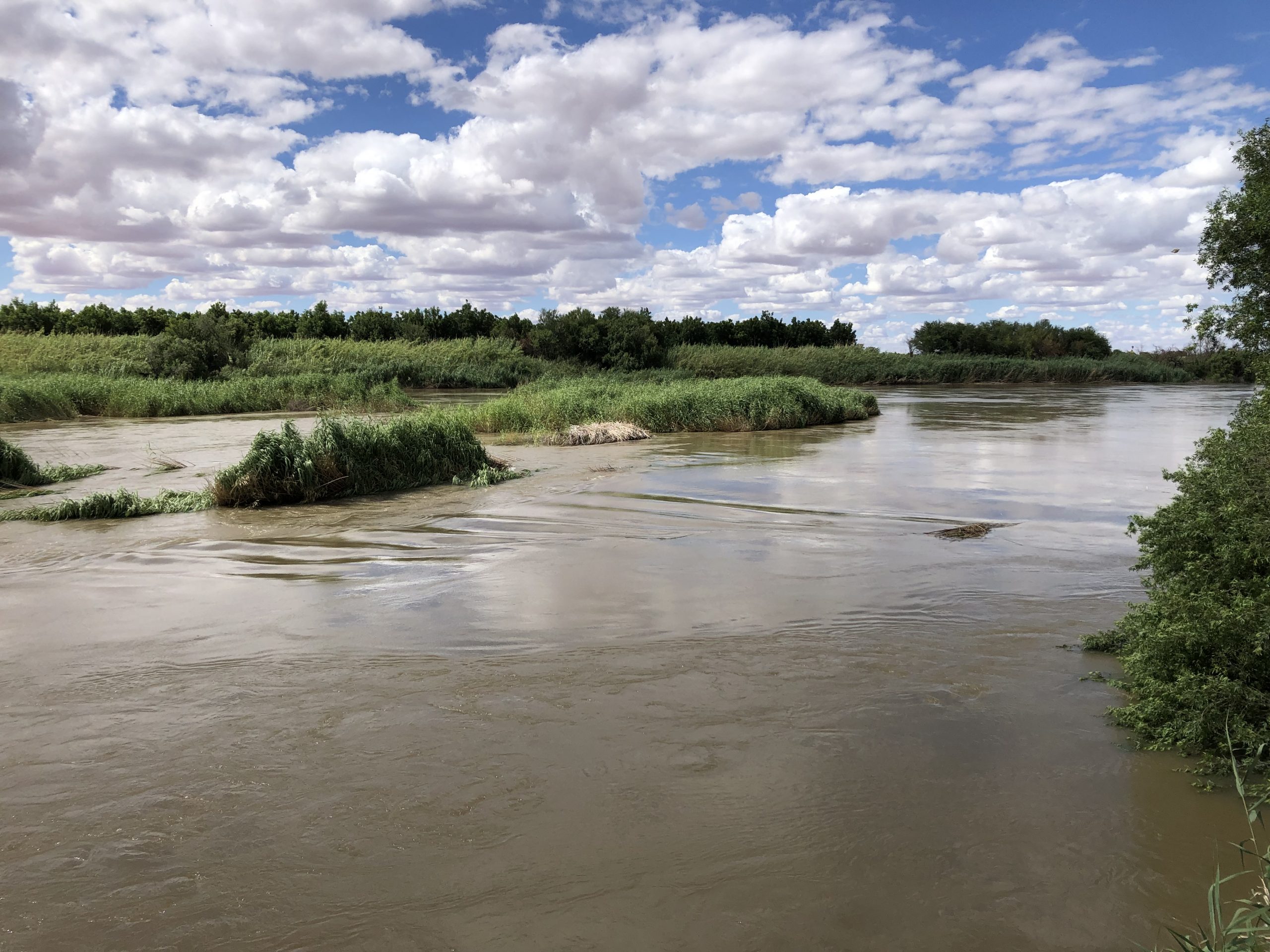
Upington – Twee Rivieren drive about 280km; 2hr 45min
Day 3: On the way towards the Park you can stop in the little town of Askham, first of all you can refuel your car here and also get a decent breakfast / lunch at the Diamond T Coffee and Gift Shop. Besides the gravel road leading into Askham you will drive on tar road up until you reach the park entrance at Twee Rivieren where you will have finally reached your goal. You must check in at the reception area and collect your permit for the park. Whenever you will go on your self-drive game drive you have to drop off your permit at the gate and don’t forget to collect it again once you are back in the camp. Due to the park’s vastness and very arid conditions, the park management will check every night if all visitors are safely back in camp. Thus, if you don’t collect your permit, the management will think you got stuck or lost within the park and will search for you, creating unnecessary hectic and costs.
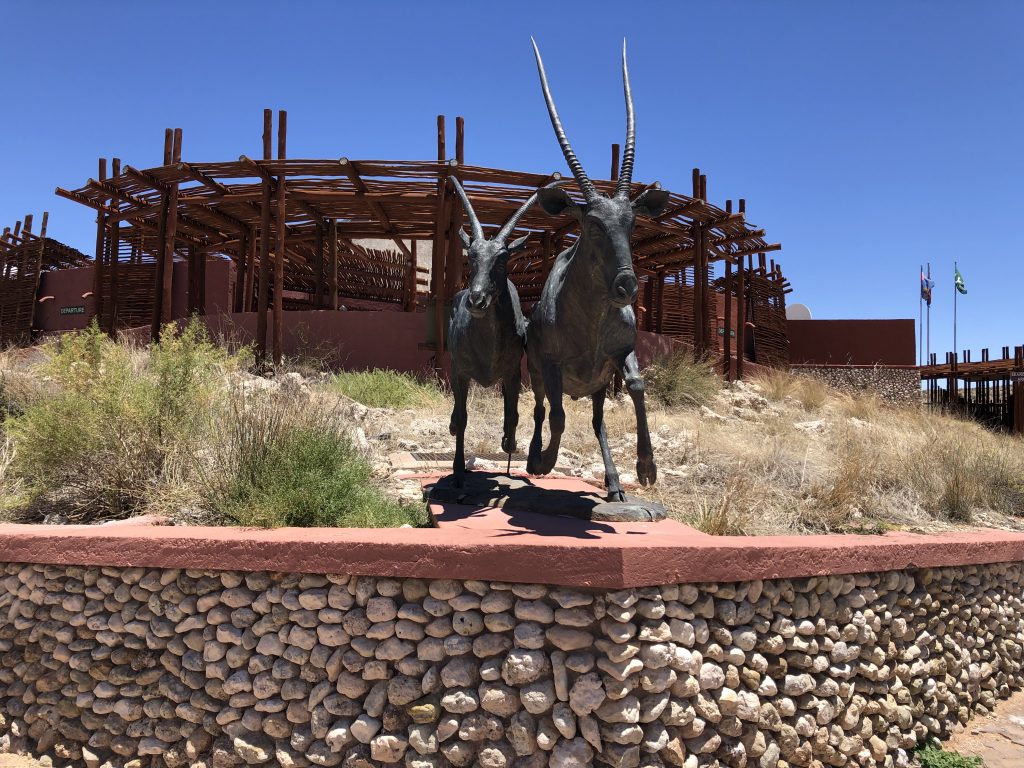
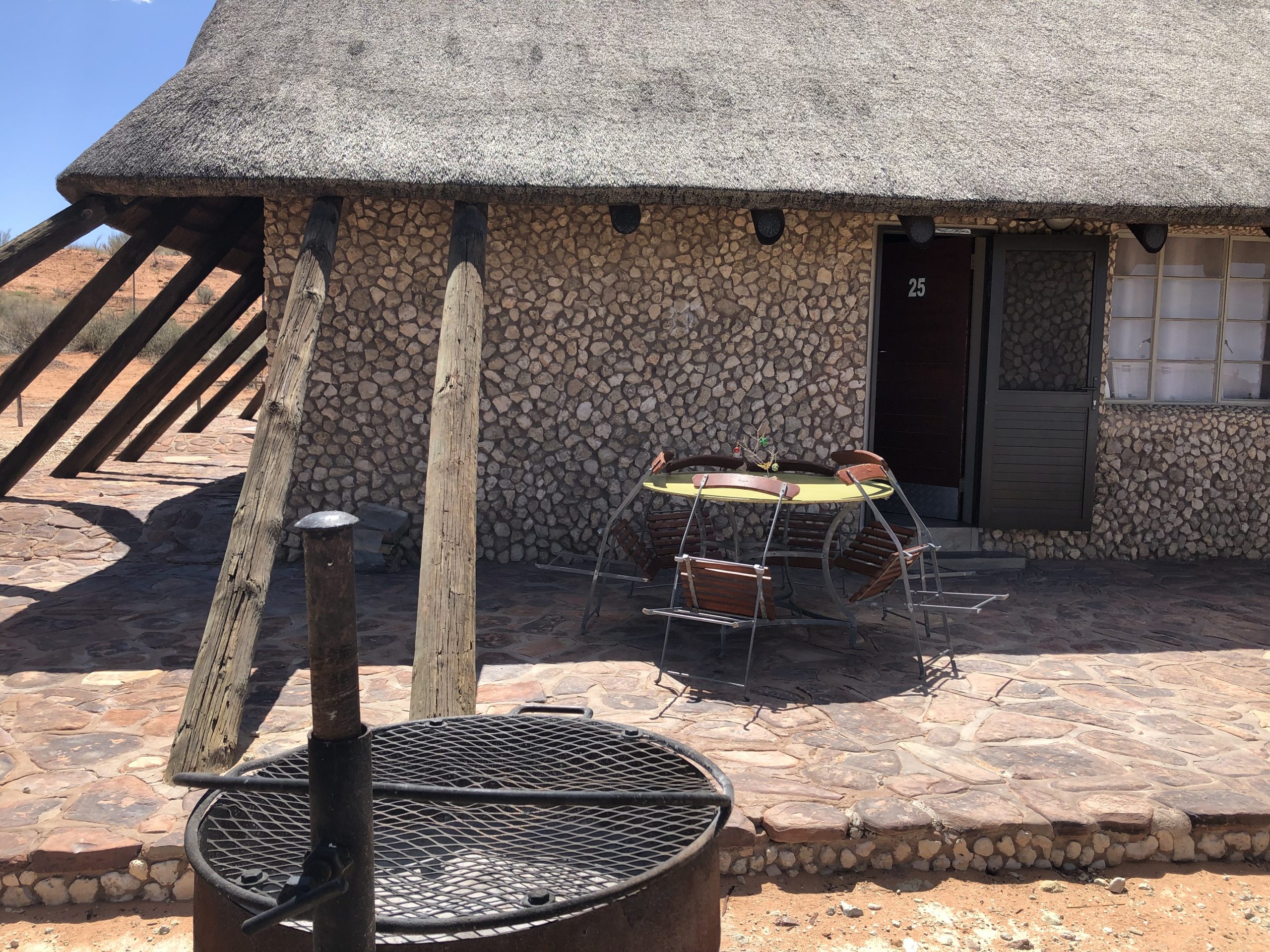
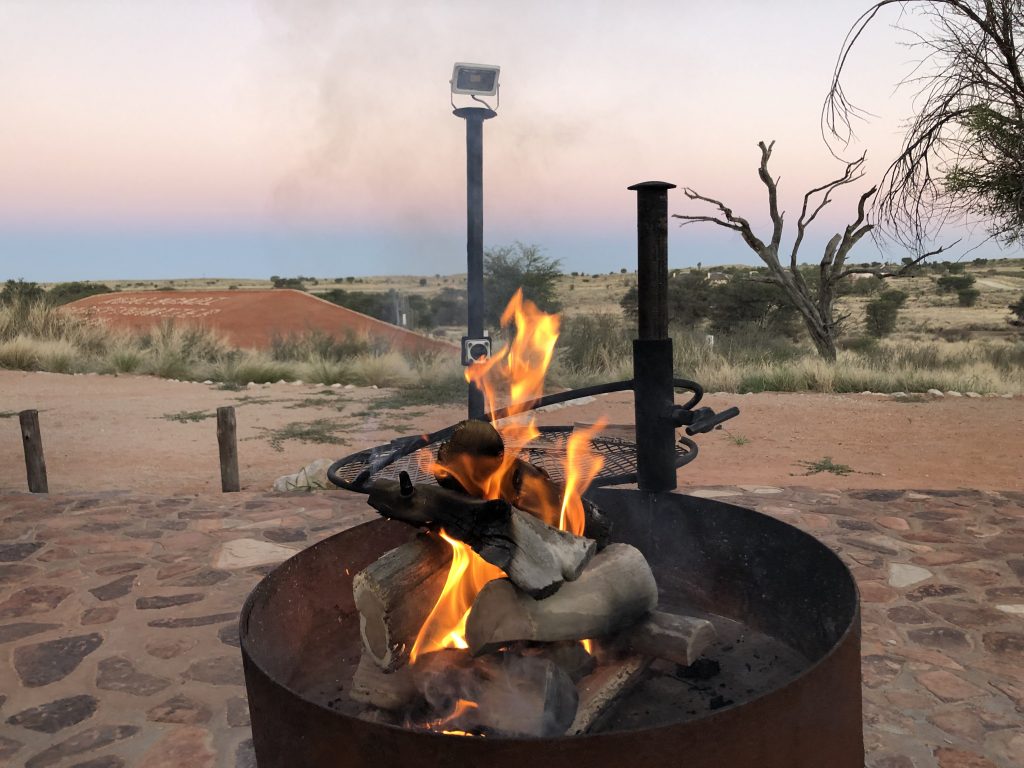
Twee Rivieren – Rooiputs Lodge drive about 24km; 45min
Day 4 – 5: Start your day with an early morning drive and plan some time to actually get your permit if you want to leave when the gates open. This is the time where everyone wants to head out and hence you might have to wait for your turn to get the permit before heading into the wilderness. Enjoy the gorgeous morning light falling on the grassland, if you are lucky you might witness a cheetah hunt, lions being lazy on the roadside or leopards relaxing in the trees. Don’t rule out any spectacular action right after the gates, this park has always some surprise for you. With the highest density of African big cats population there is always some action going on. Besides the cats however, the park offers sublime birding opportunities with a great variety on raptors, owls, hornbills, weaver birds, etc. Hence, drive carefully, scan the trees and the sky on your way to your next destination. To reach the private Rooiputs Lodge on the Botswana side, a 4×4 is not necessarily needed if there was not some bad rain beforehand. The lodge is quite close to the main gravel road leading from Twee Rivieren to Nossob camp and offers stylish African tented camps or campsites for the adventures. Be aware that both locations are unfenced and its prime territory for lions and cheetahs, there is not much luck needed to spot the big cats just next to you, thus you must be very mindful and careful when walking around to avoid any bad encounters. While the lodge is perched along a vegetated red sand dune offering extensive panoramic views of a valley of acacia savannah and grassy plains, the campsites are located a few kilometers away, each one with their own toilet and shower facilities. The latter as well being unfenced and open, thus be always prepared to face a lion while brushing your teeth, showering or sitting on the toilet. It is an incredible experience, adrenaline guaranteed. Take it slow here you might not need to drive far to have some exciting wildlife sightings, sit back, relax and wait for the cats to join you around your braai.
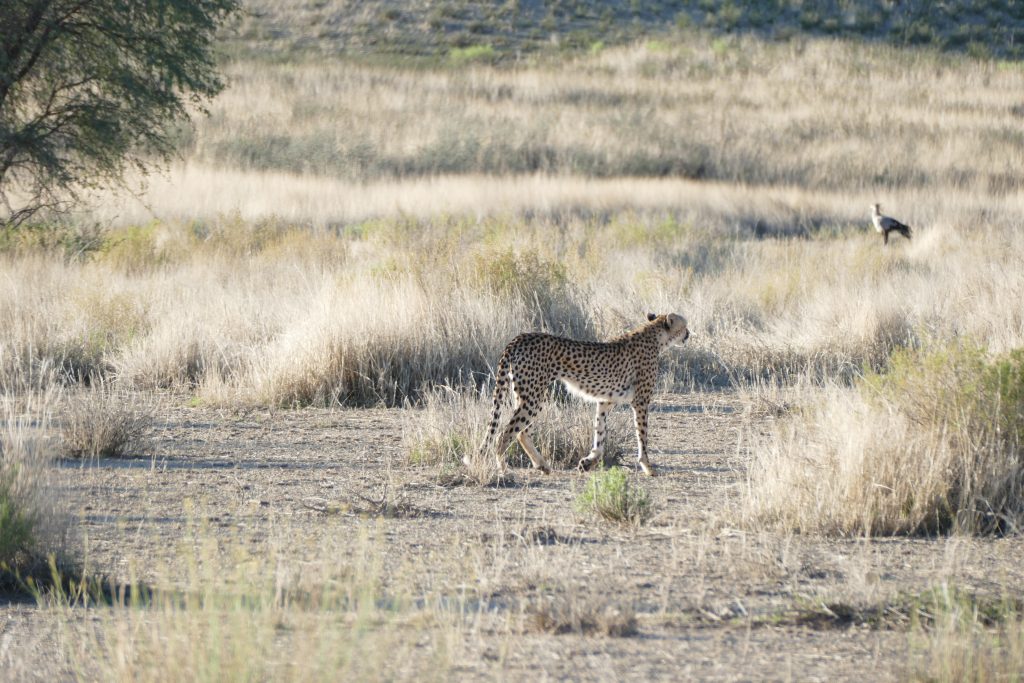
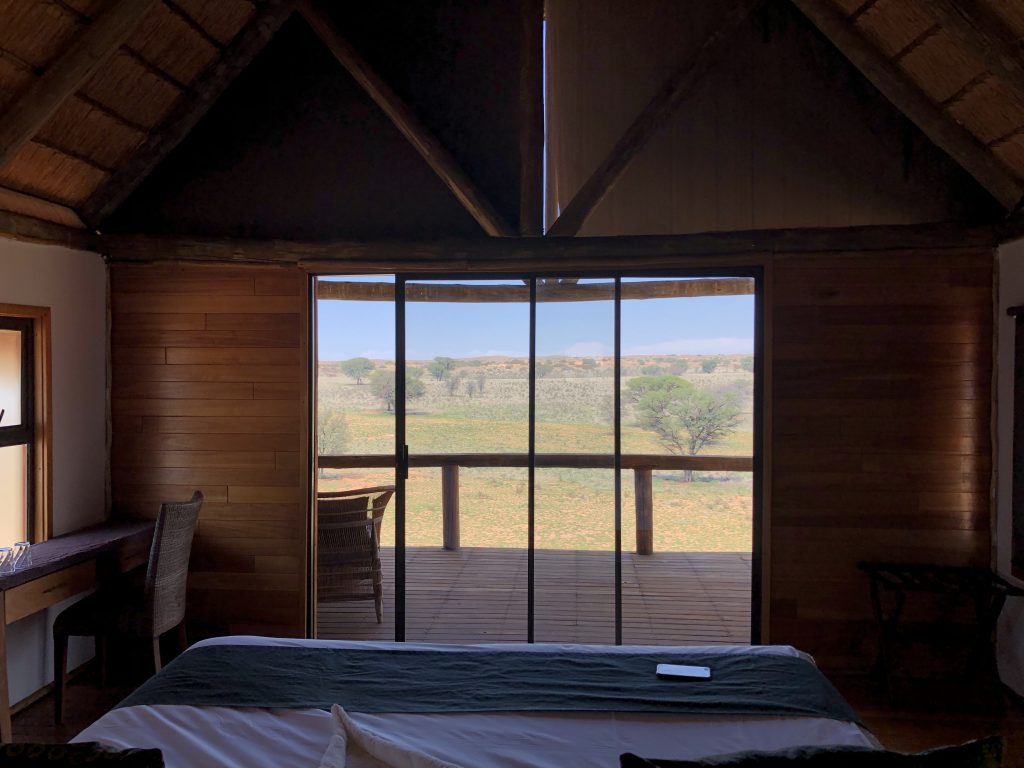
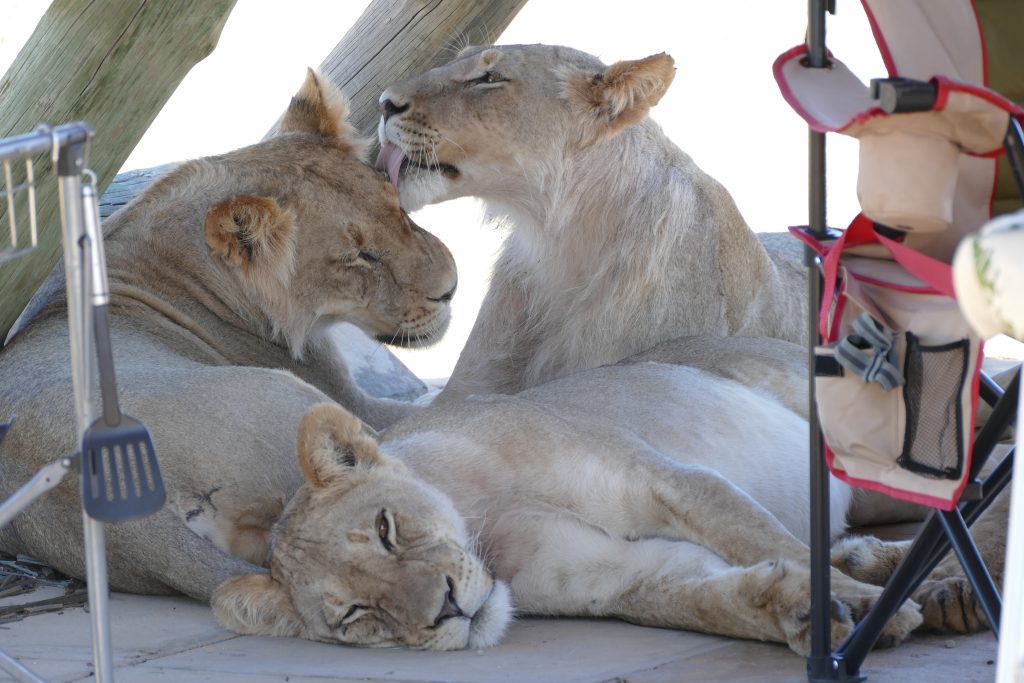
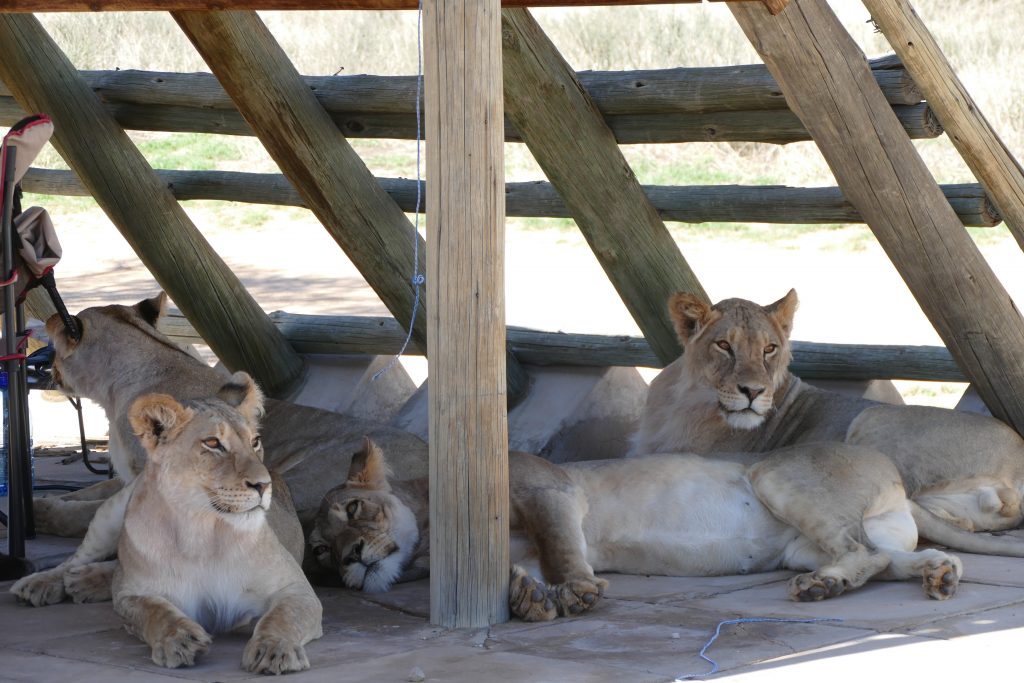
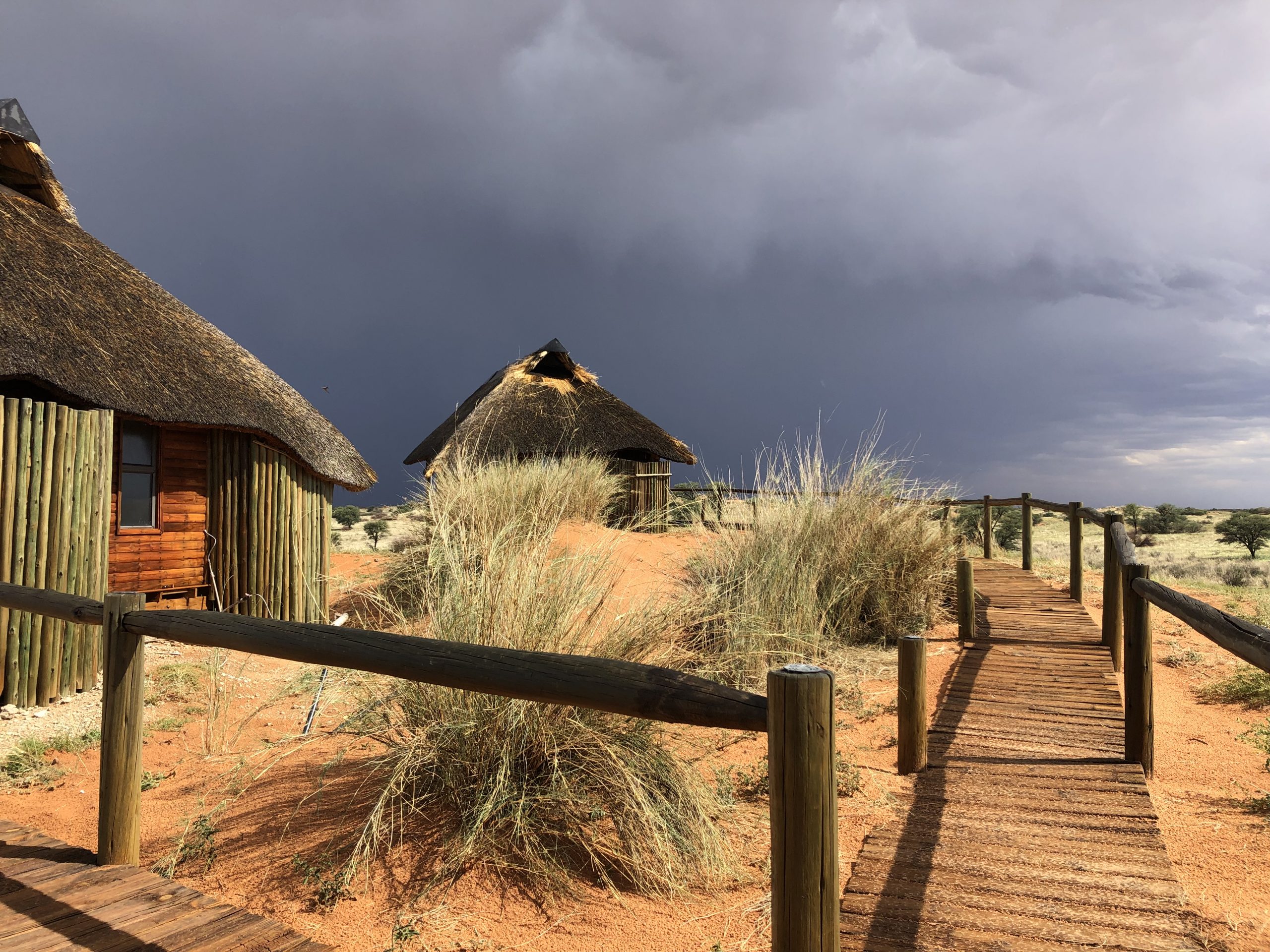
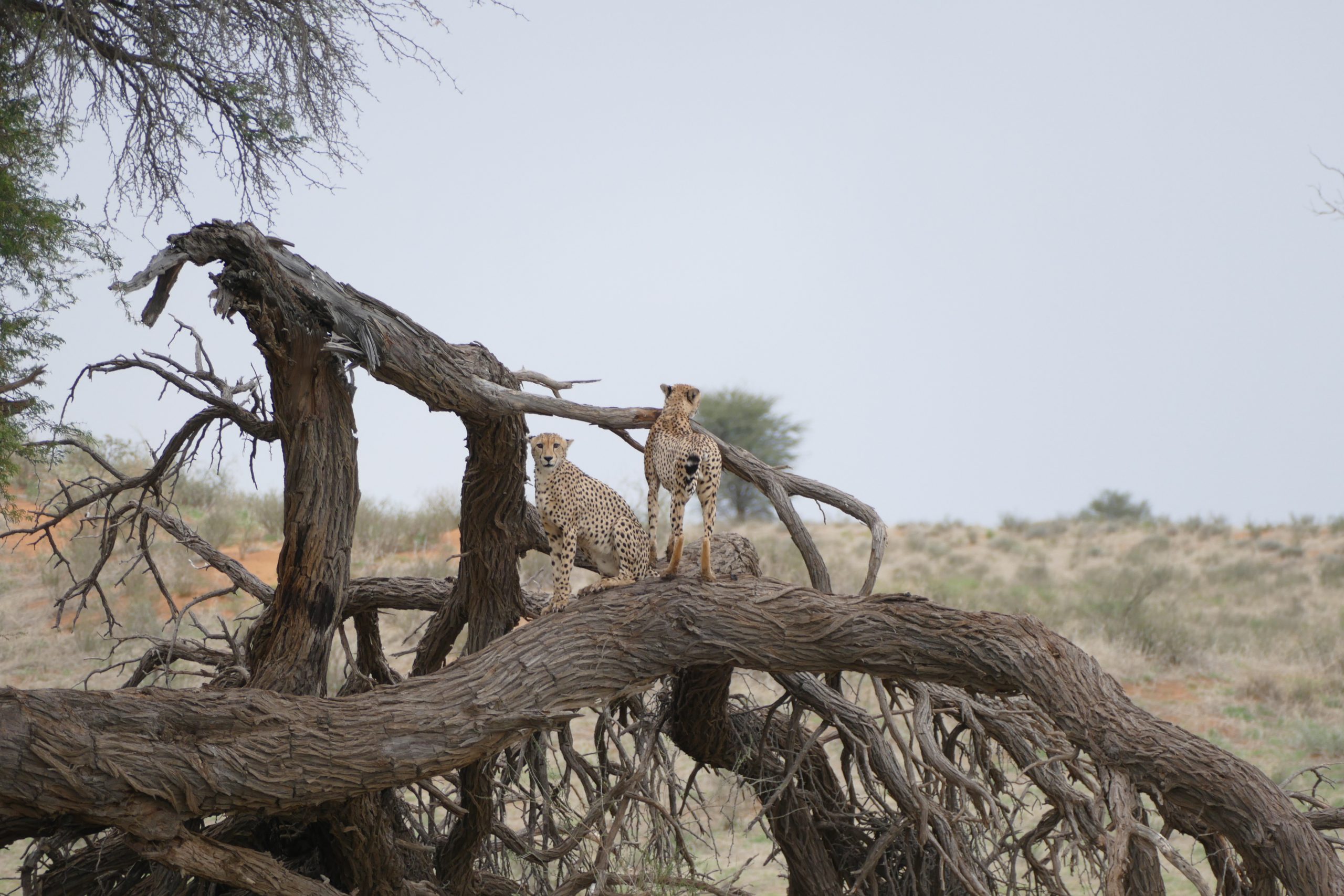
Rooiputs Lodge – Kalahari Tented camp drive about 120km; 4hr
Day 6 – 7: From Rooiputs Lodge you can make your way back to the eastern side of the park towards the Namibian side along the Auob riverbed. The Kalahari Tented camp is a SAN Park wilderness camp, thus unfenced, with wildlife being close to you it means to stay vigilant and act responsibly at all times. The tented camps overlook the dry Auob riverbed and offer a perfect view on all wildlife that roam through the river. Here again you might just get lucky enough to see big herds of wildebeests wandering towards the waterhole at Mata Mata or a cheetah with her cubs on a hunt during the early morning hours. It surely is always worth getting up with the sunlight. If it seems too quiet for you, you can head out on a self-game drive to explore the park or enjoy the pool area to cool off from the heat. As this camp is a wilderness camp you need to be fully self-sufficient with food and water. The best way to end a day is surely with a braai on your deck with the view on the riverbed. But always keep your senses alert to not be surprised by any unwanted guests.
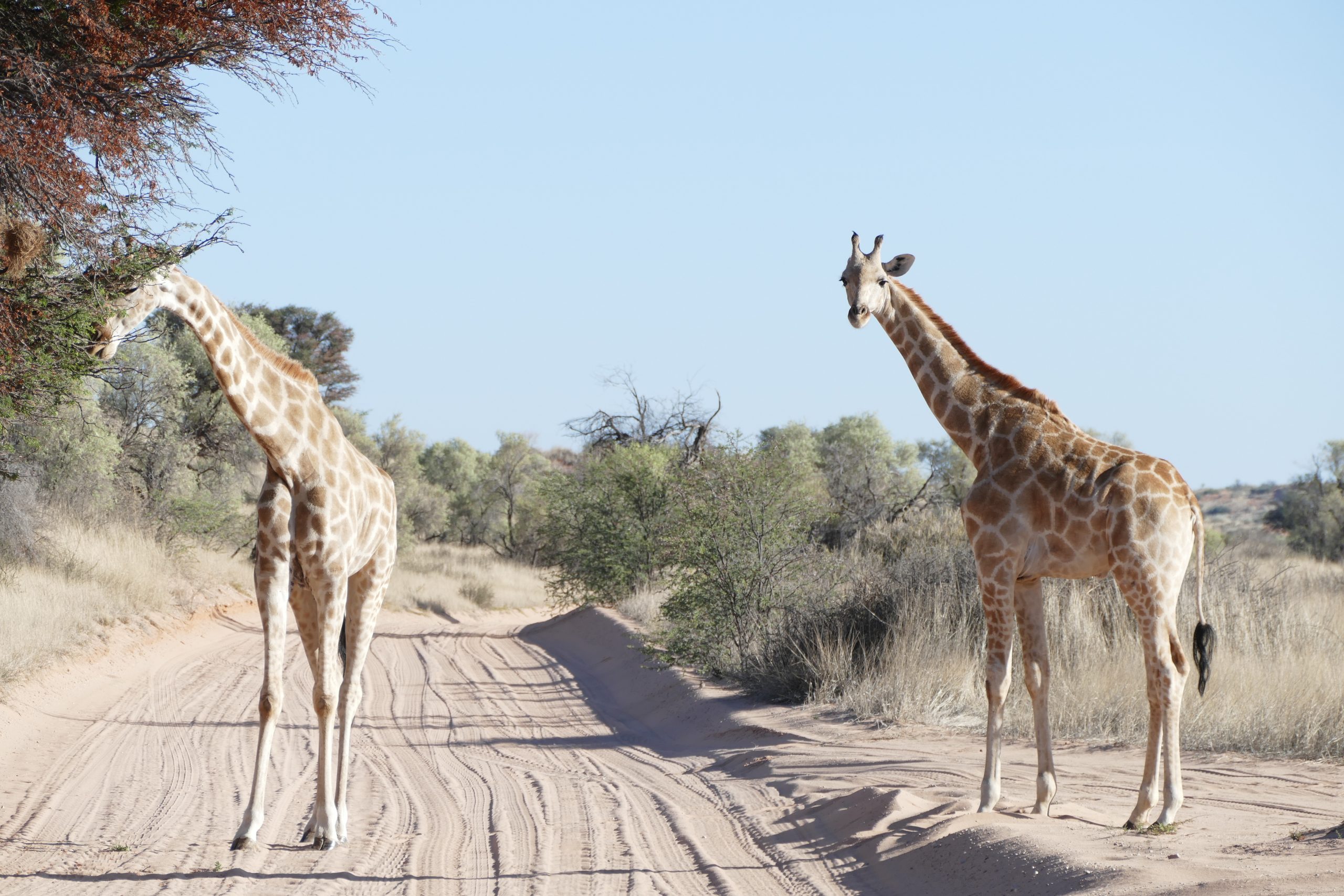
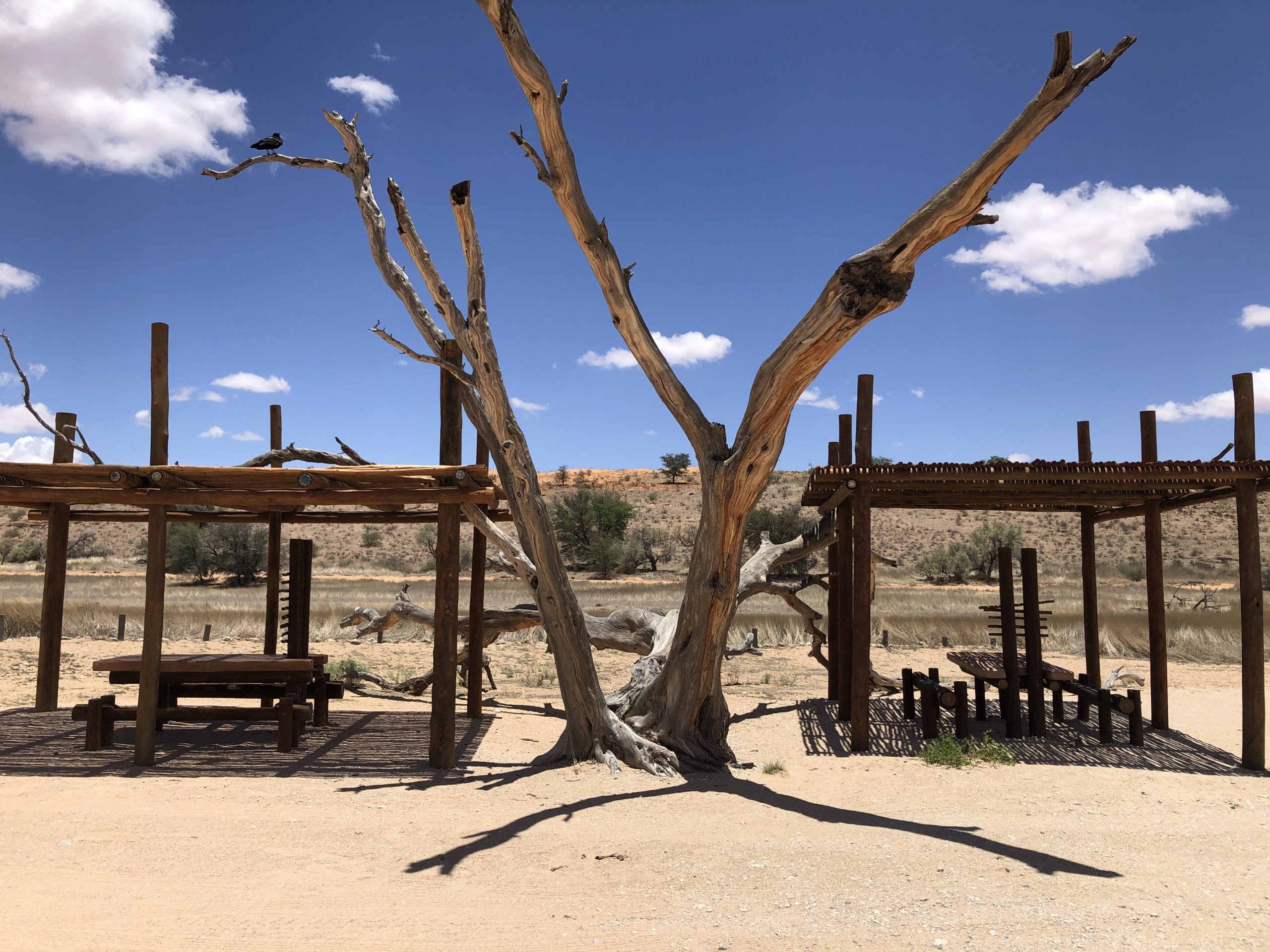
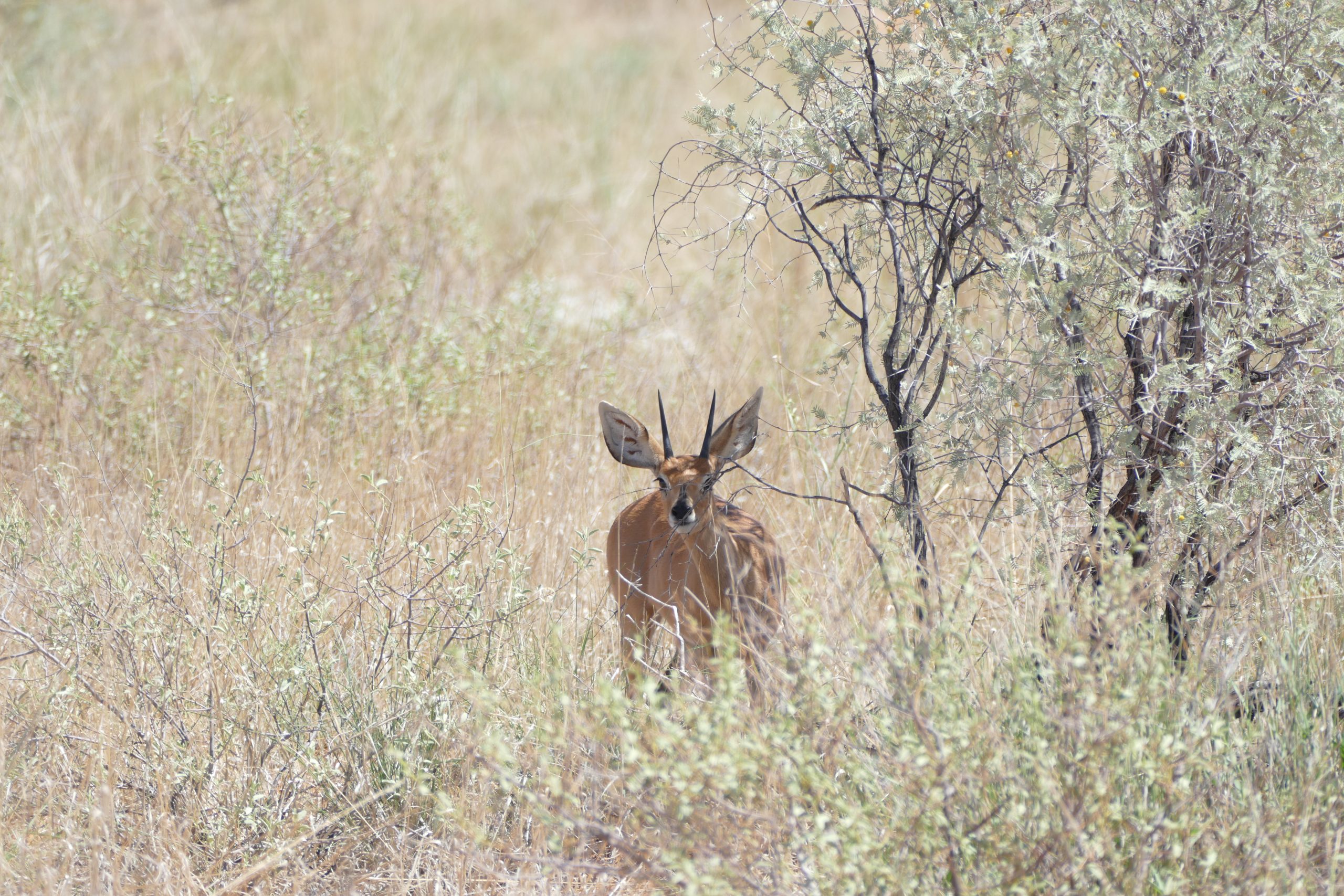
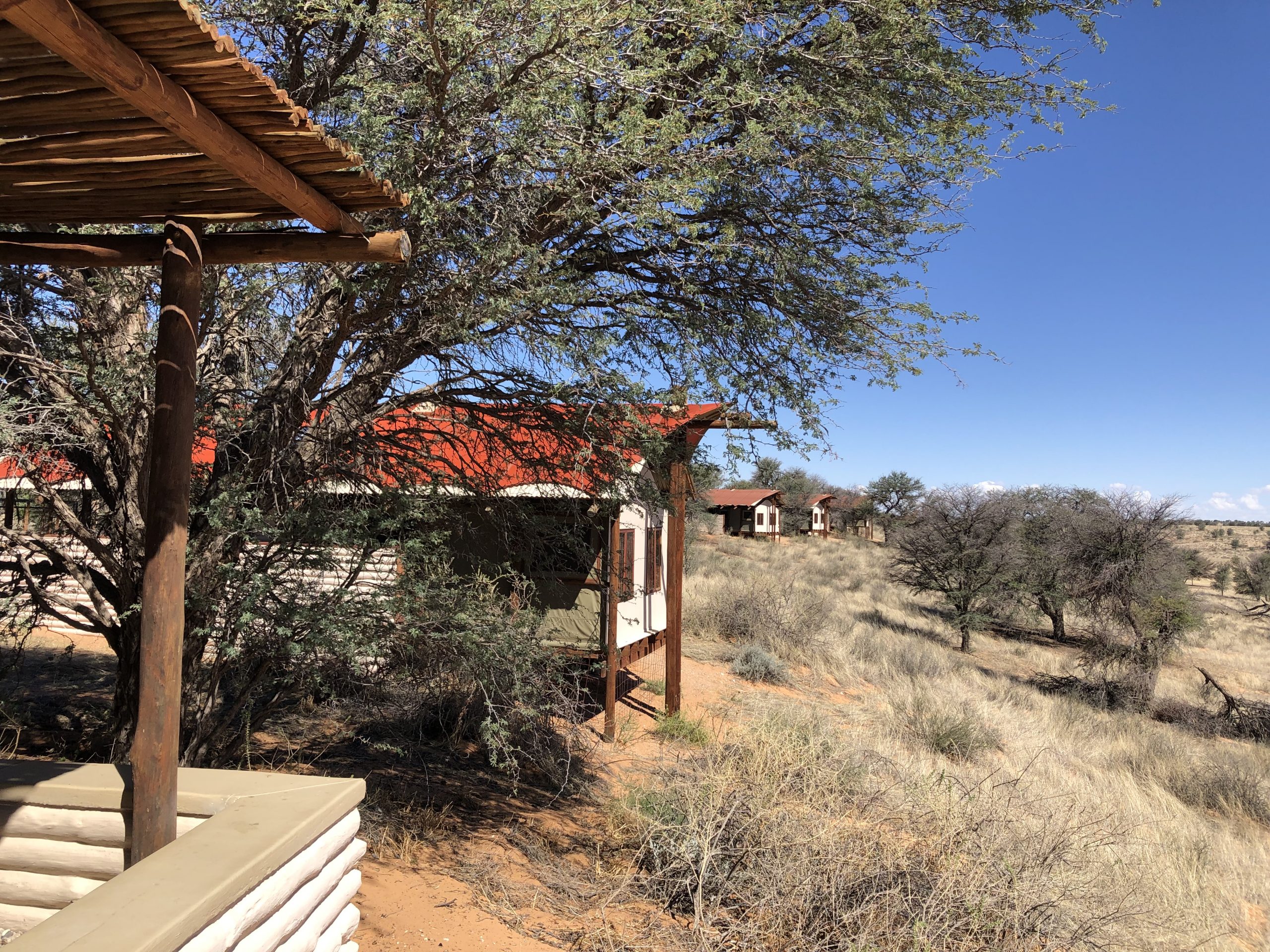
Kalahari Tented camp – Mata Mata rest camp drive about 4km; 10min
Day 8: As Mata Mata Rest camp is situated very close by the Kalahari Tented camp, you can enjoy a morning self-drive before heading to Mata Mata. In the camp you can stock up on food, water and fuel for your car as there is a little basic shop and a fuel station. This camp offers a bird hide with a view on the waterhole and some chalets with great views on the Auob riverbed. As the campsites are not located in the best spots I would always pick a chalet with riverbed views as you can sit down, make a braai and watch all the action going on at the waterhole. Otherwise, you can always head out the camp and go for a self-drive.
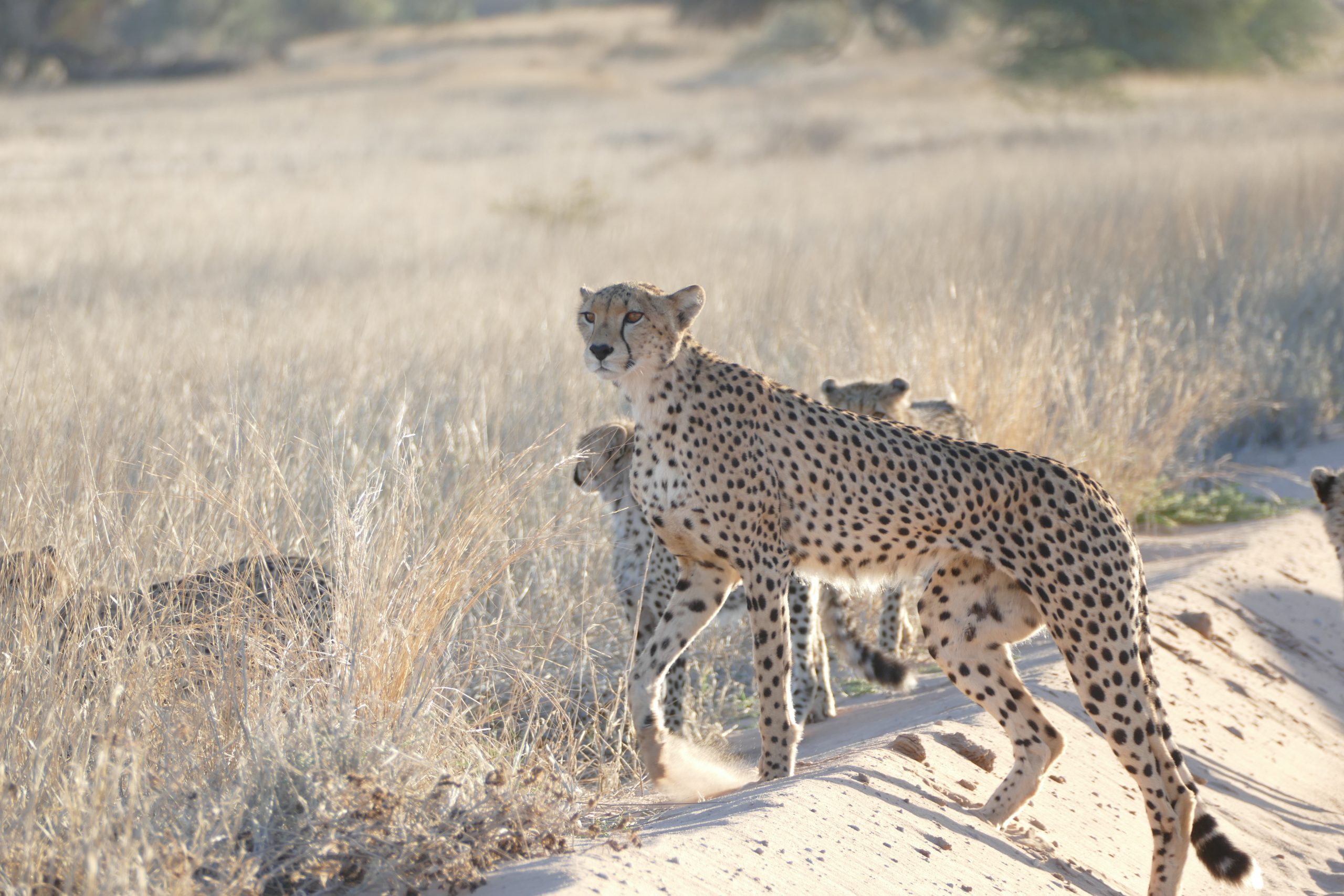
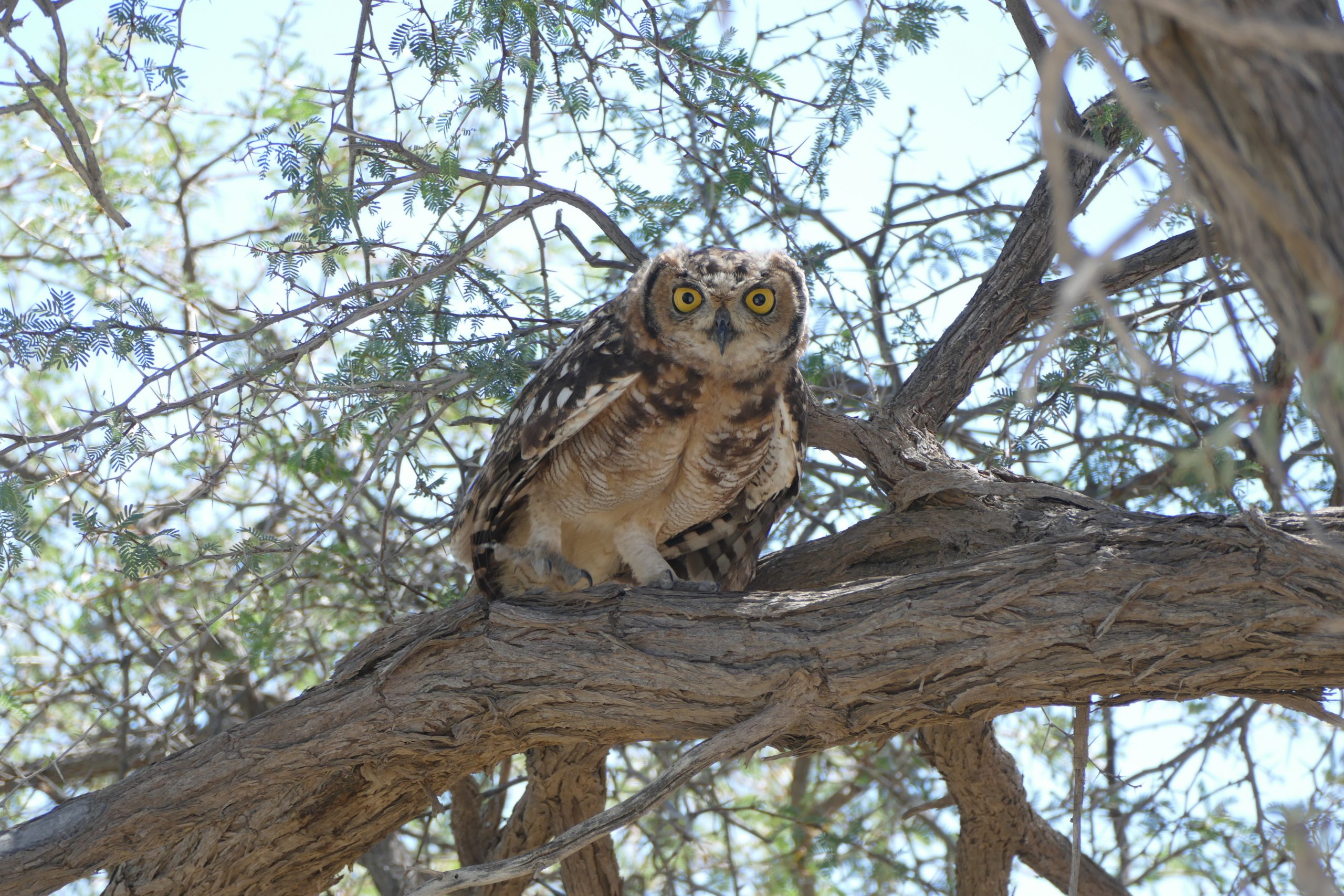
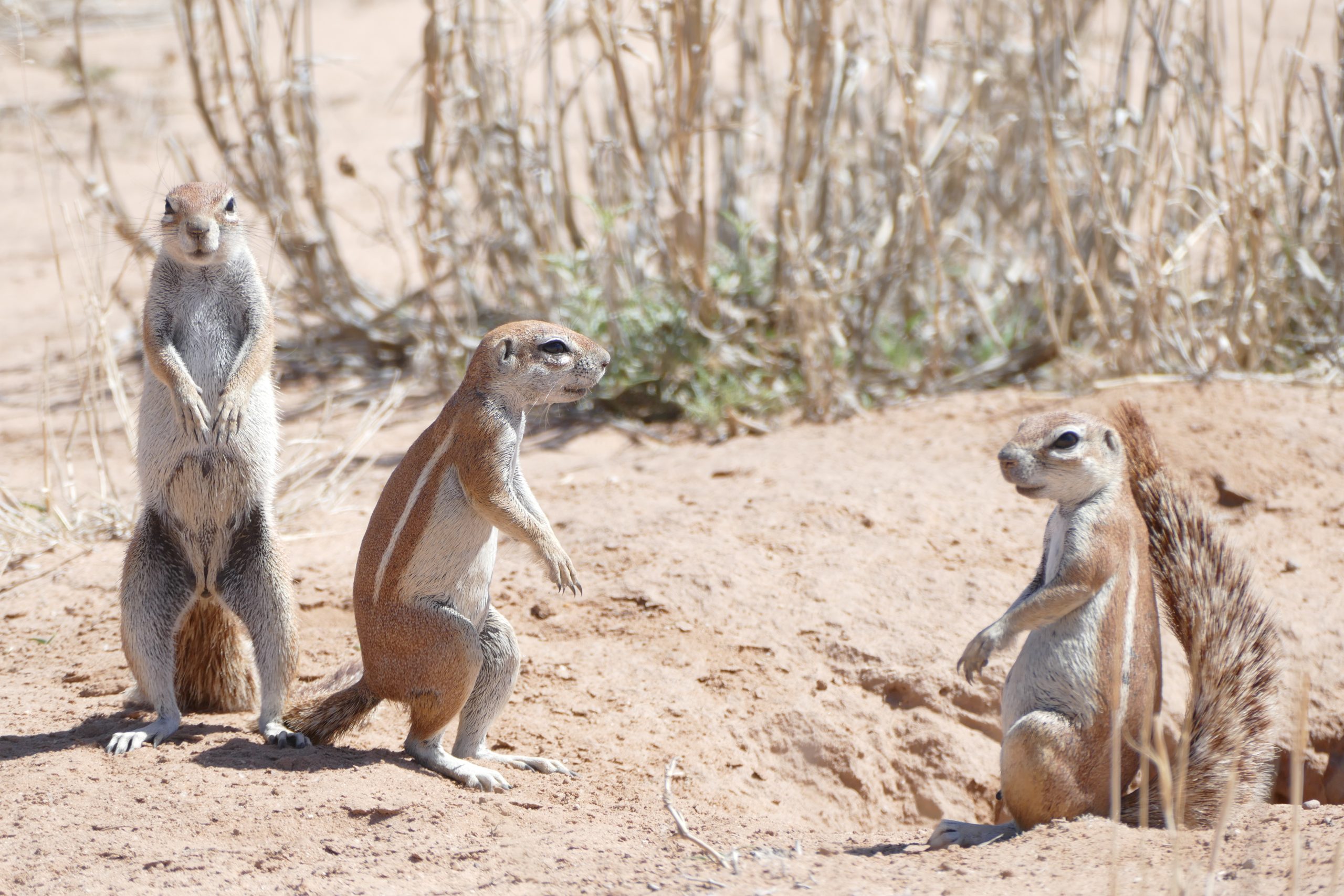
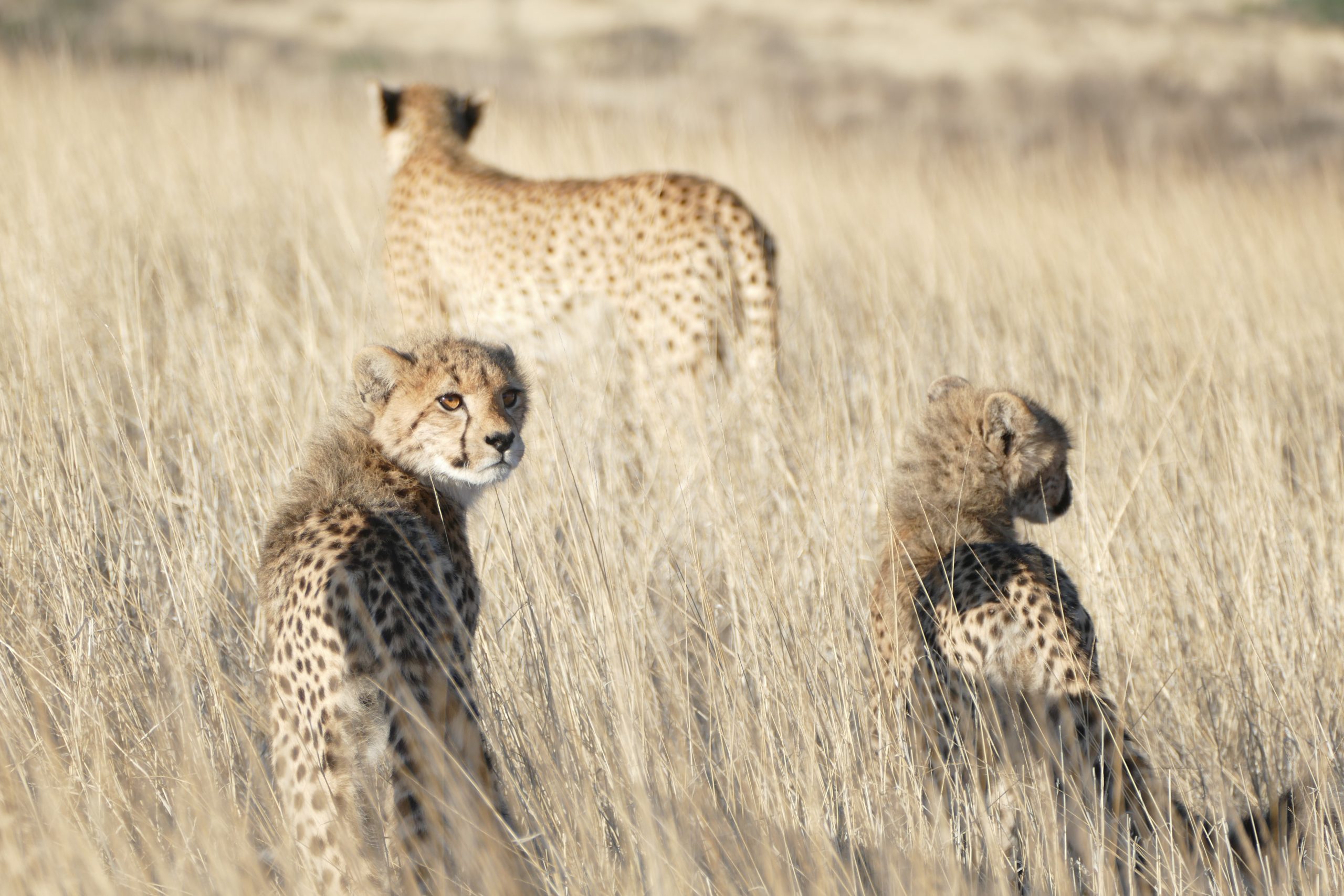
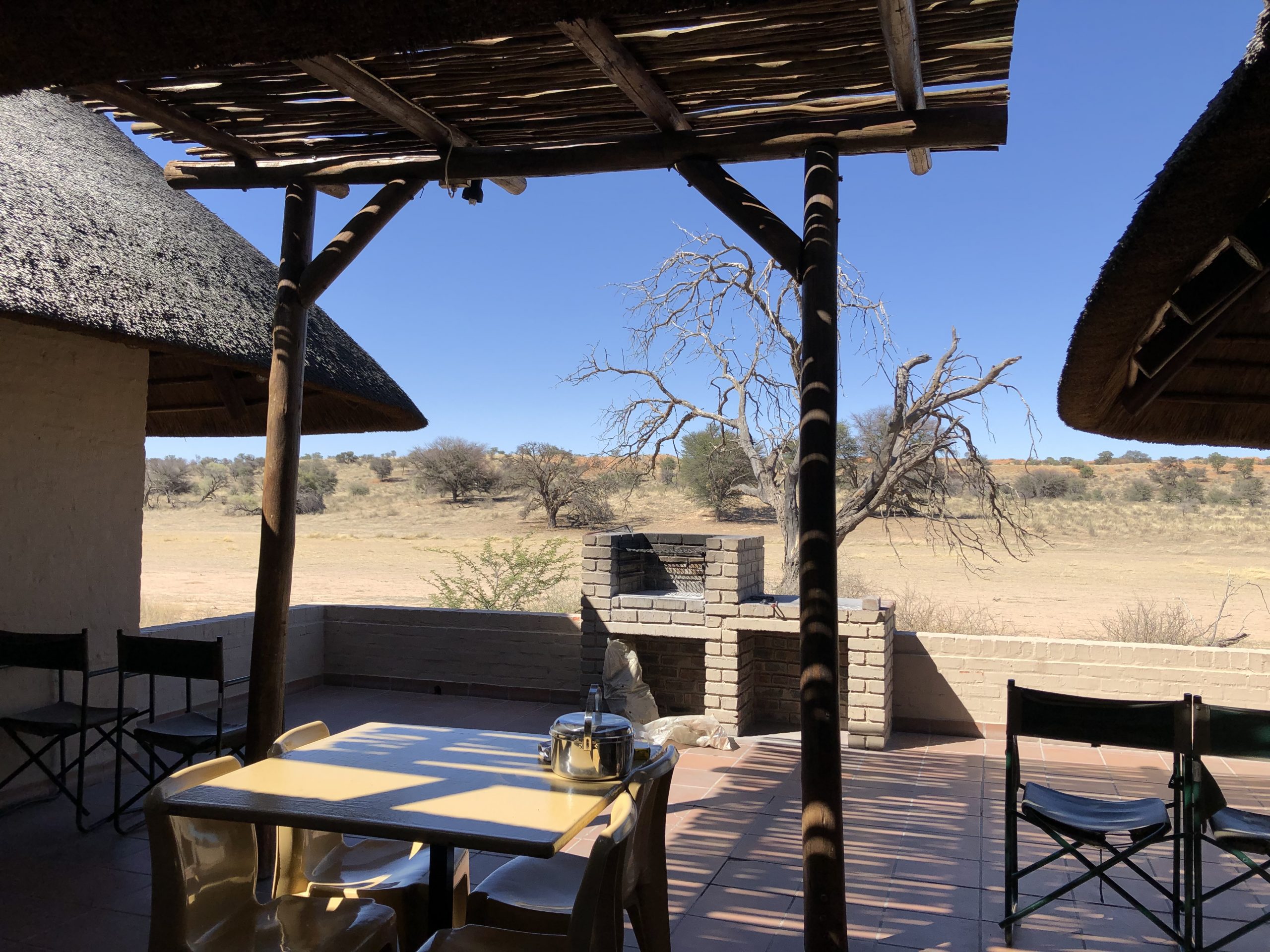
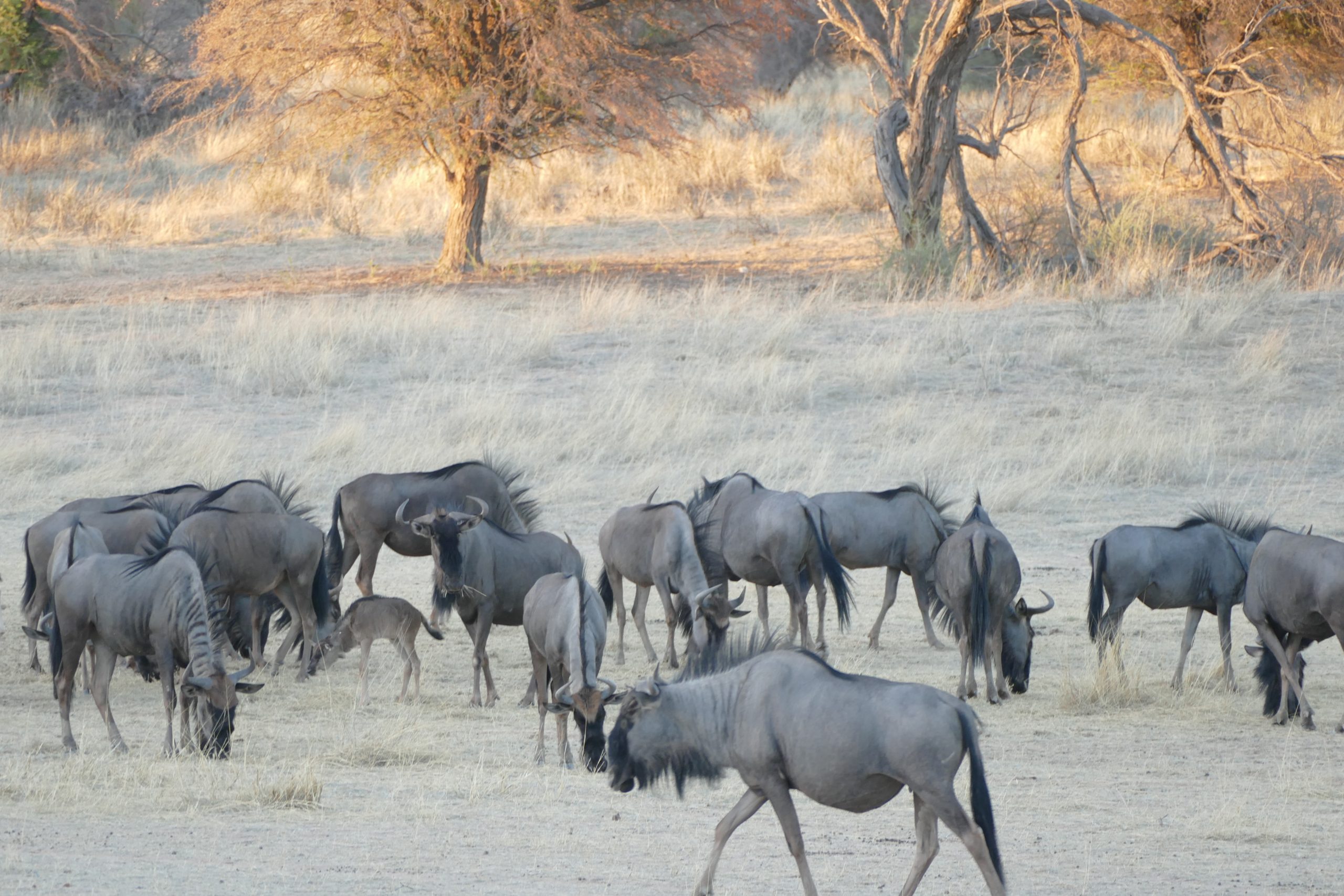
Mata Mata rest camp – Twee Rivieren drive about 120km; 4hr
Day 9 – 10: It’s time to head back to where you started, Twee Rivieren. This camp offers most of the accommodation possibilities, hence you will be most likely spending some time here. Although it might not give you the feeling of being in a very remote place, you can have unique wildlife encounters within the camp such as with an African wild cat that roams around during the night hours when you braai. From Twee Rivieren you can make use of the Leeudrill 4×4 Trail for which you need to pay for an extra permit. The trail is beautiful with lush green sceneries and is well maintained, yet you might not encounter too much wildlife on that section. The 4×4 driving is not really challenging either. In general the road conditions are good in the park, mostly gravel roads with some sandy roads in-between. Most of the 4×4 roads are in the Northern section of the park as well as in the Eastern sector on the Botswana side where you need to have great off-road driving skills.
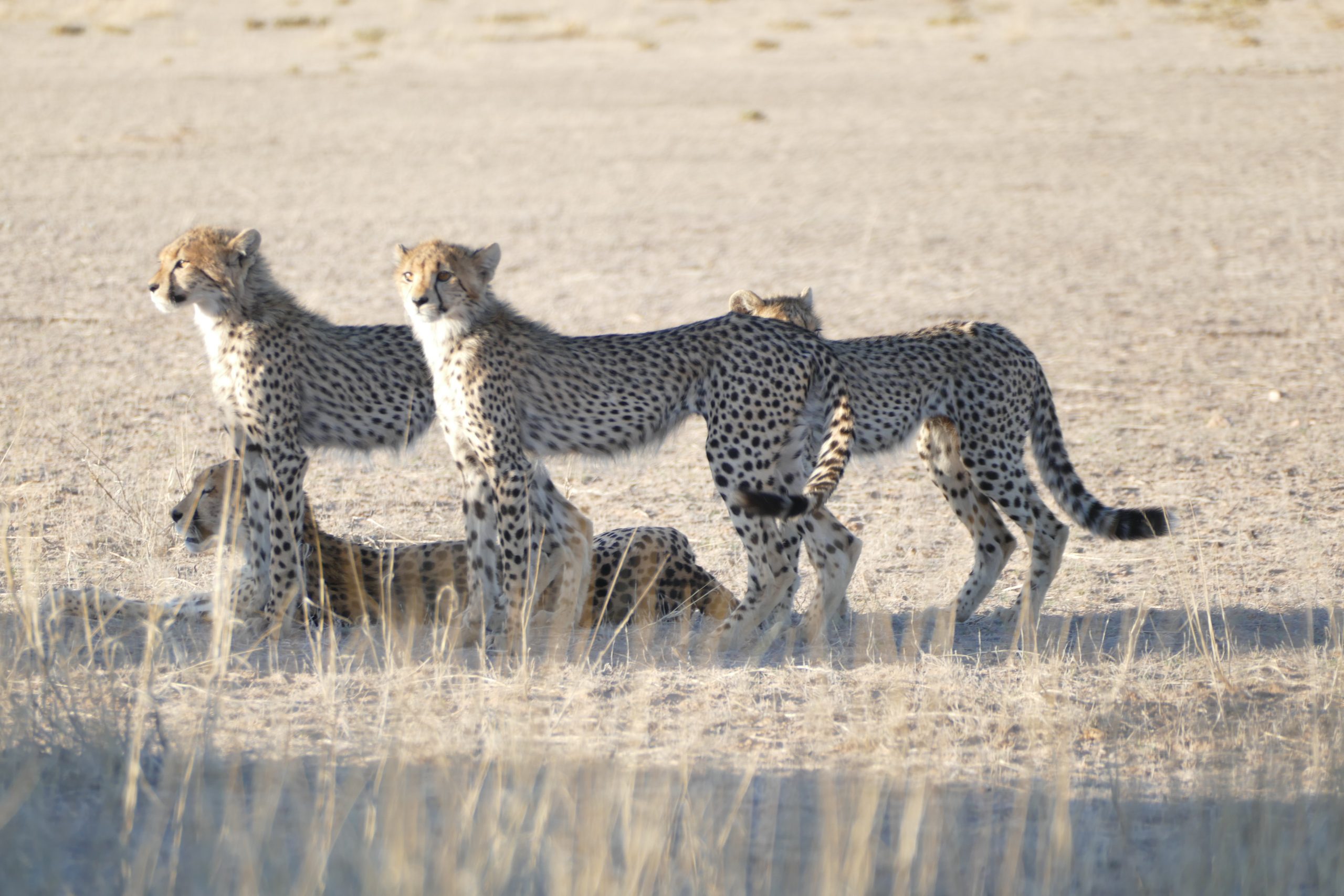
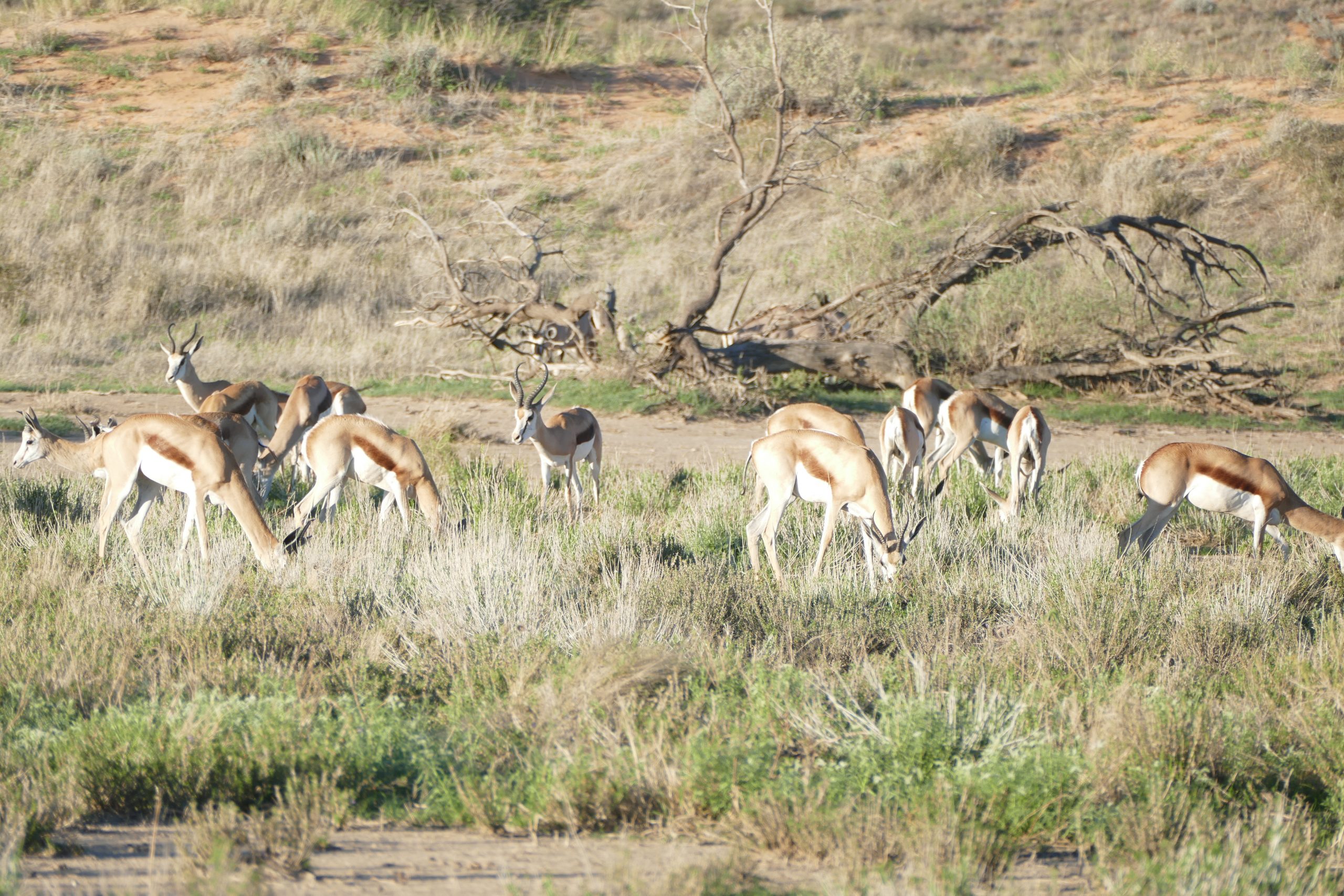
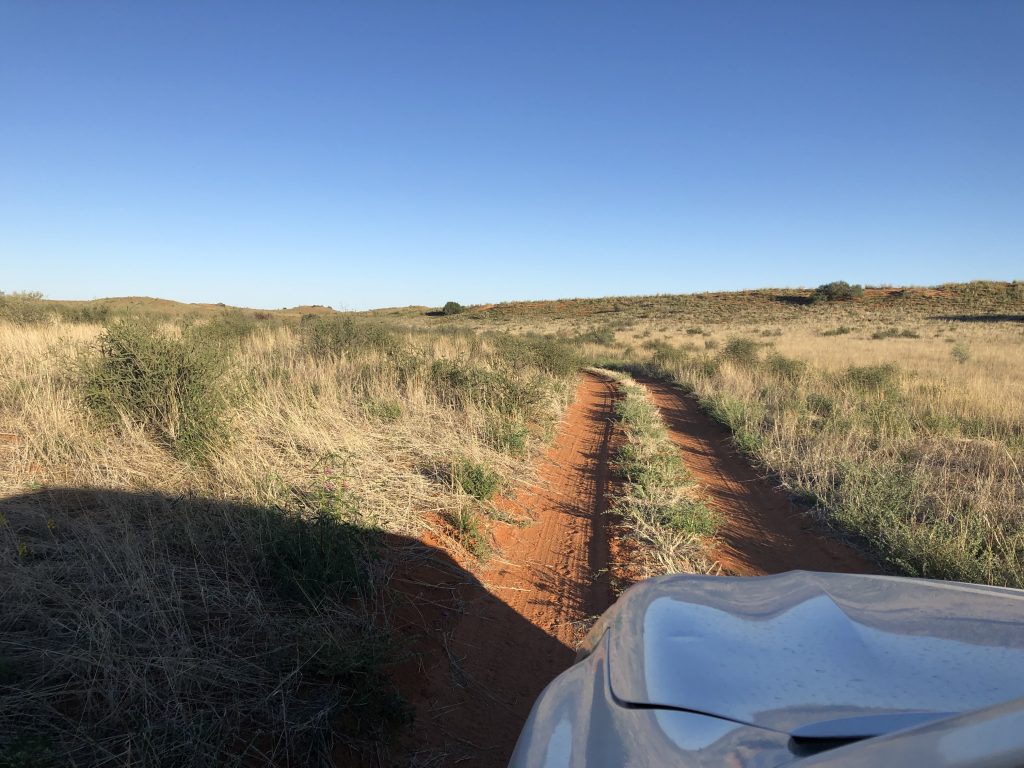
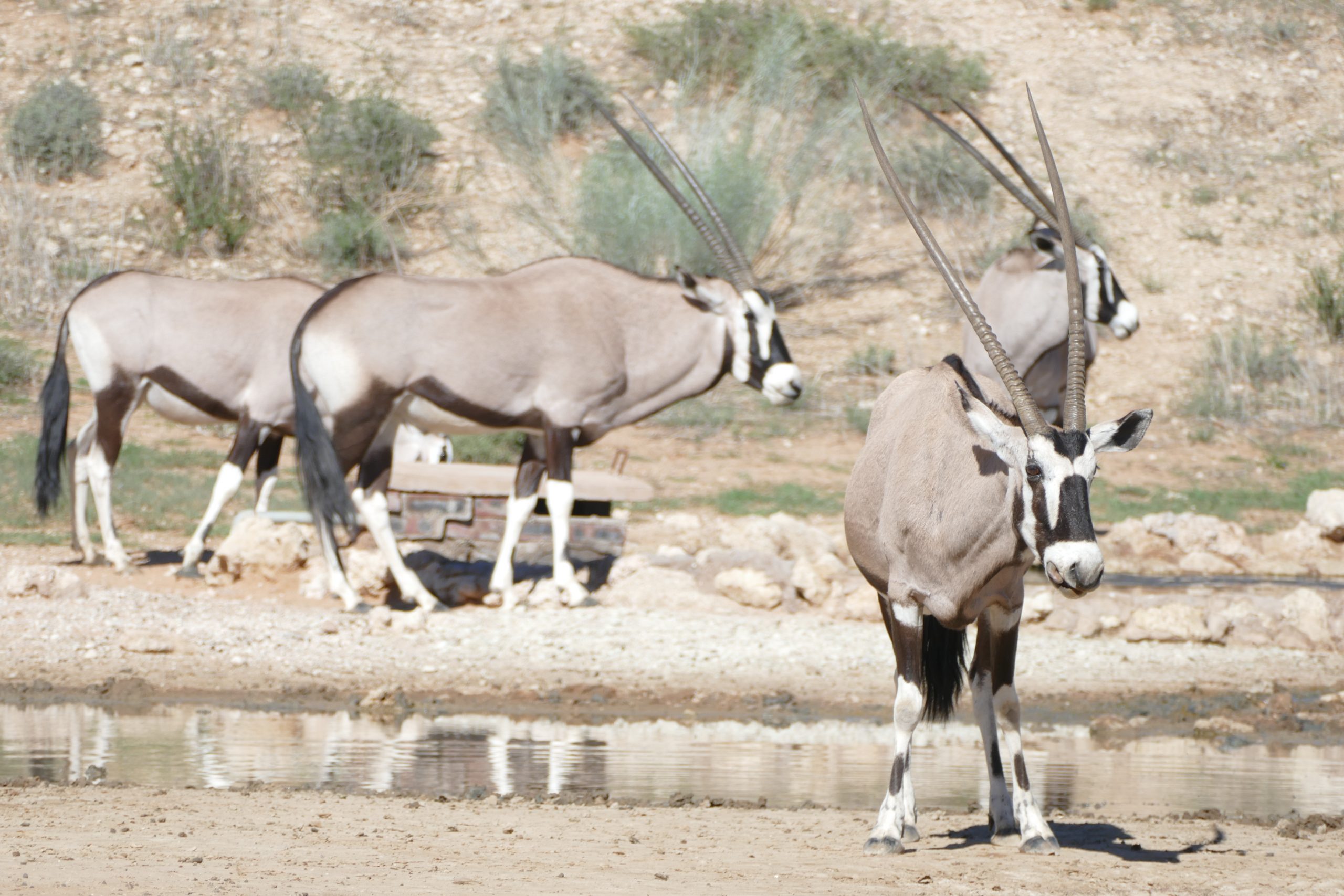
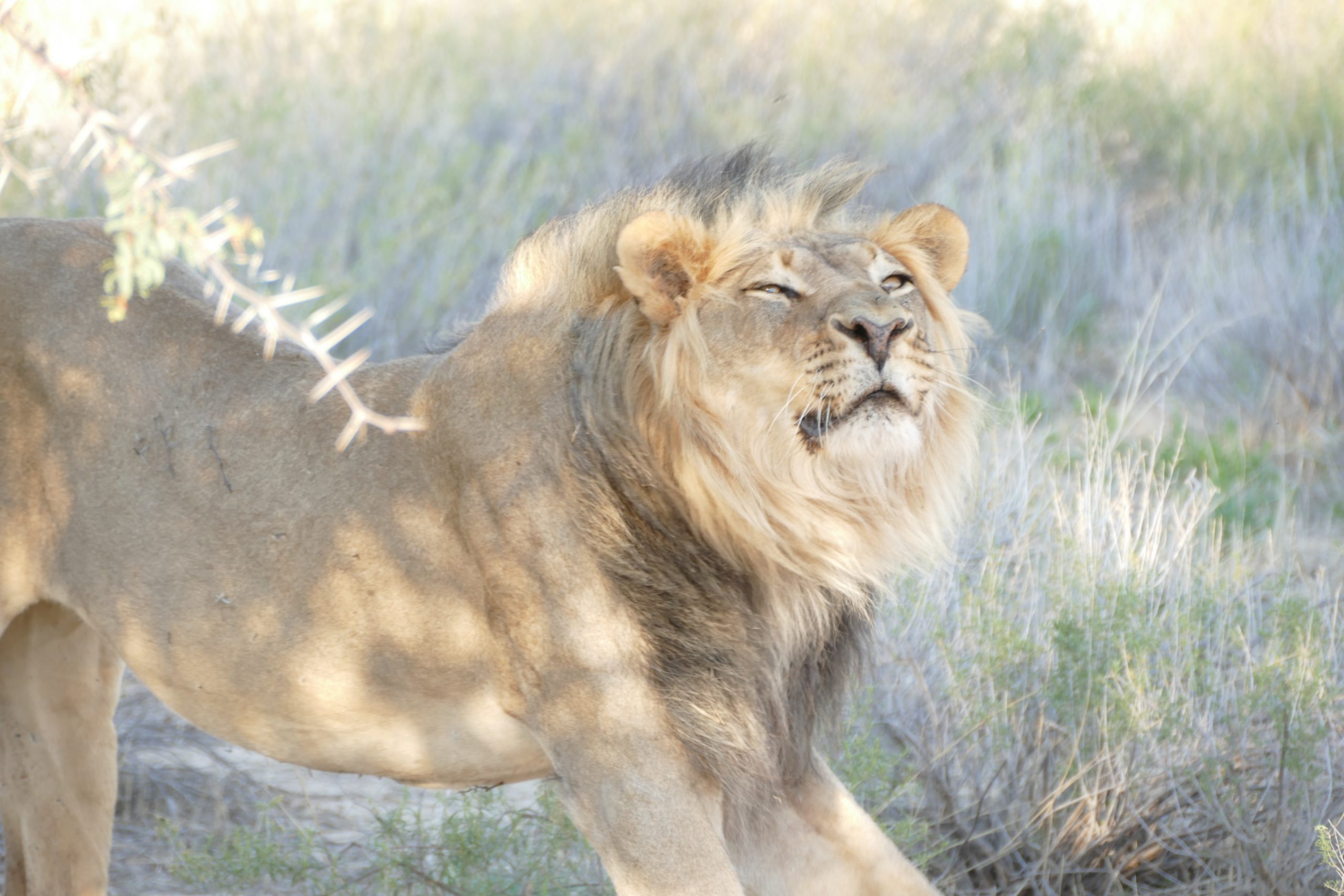
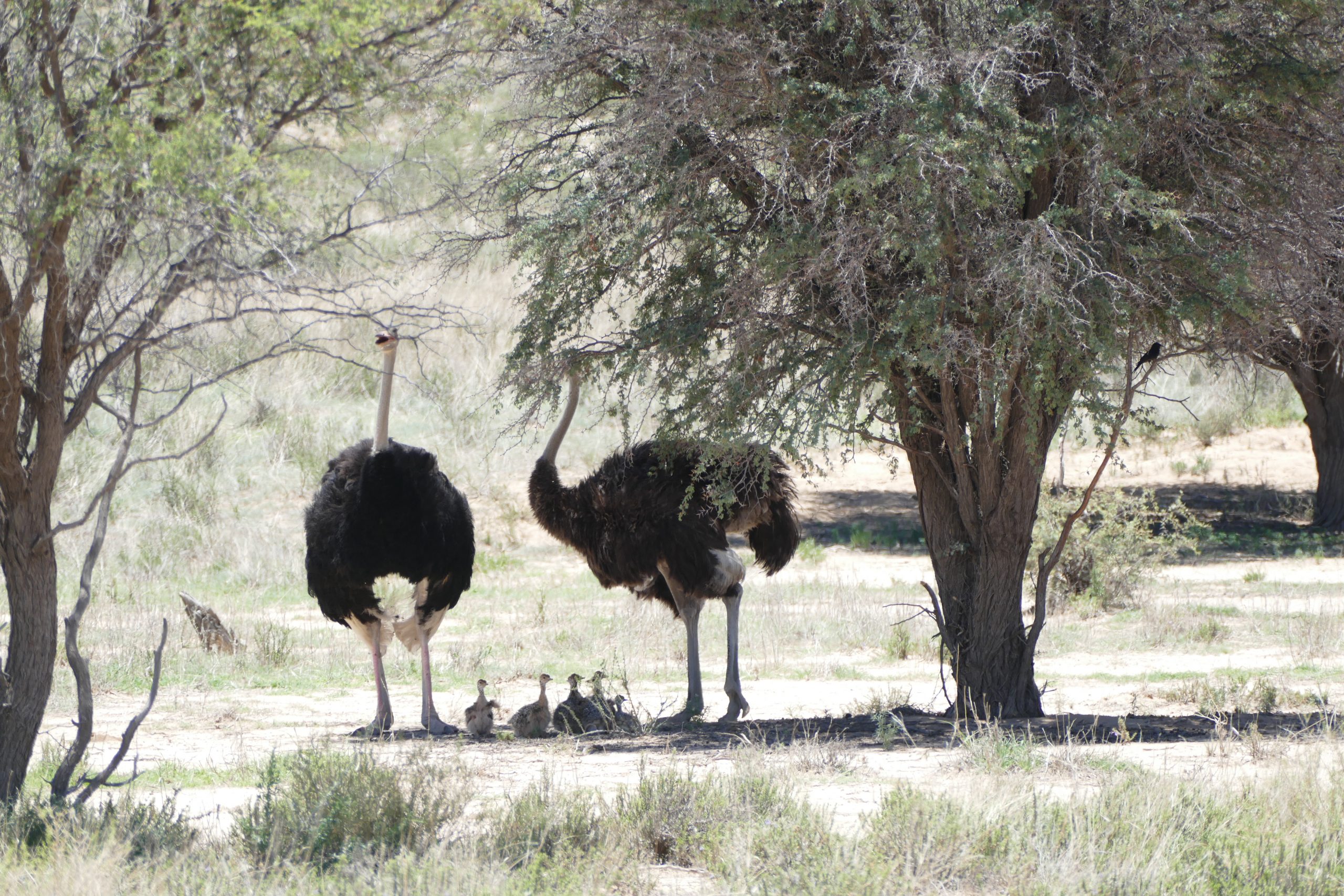
Twee Rivieren – Augrabies Falls National Park drive about 370km; 4hr
Day 11: Time has come to head out of the park and drive southwards towards the thunderous roar of the spectacular Augrabies Falls National Park where you can sleep in the Augrabies Rest Camp within the park. The waterfall is quite impressive, being the world’s sixth-tallest falls. Along the falls are a few viewpoints dotted along the riverside with fantastic views during the sunset hour with the last sun rays reflecting beautifully on the gorge. However, it is also worth getting up before sunrise next morning and watching the sun rising behind the falls painting the rocks orange and red in color. Keep in mind that you can only view the sunset and sunrise at the falls if you stay in the Augrabies Rest camp as otherwise you won’t be able to enter the park early enough or leave it after the sunset. The park’s gates are open only from sunrise to sunset. Within the premises is also a game section that allows for self-drives to watch some wildlife, but you have to check the water levels as you might have to cross some narrow and deeper rivers.
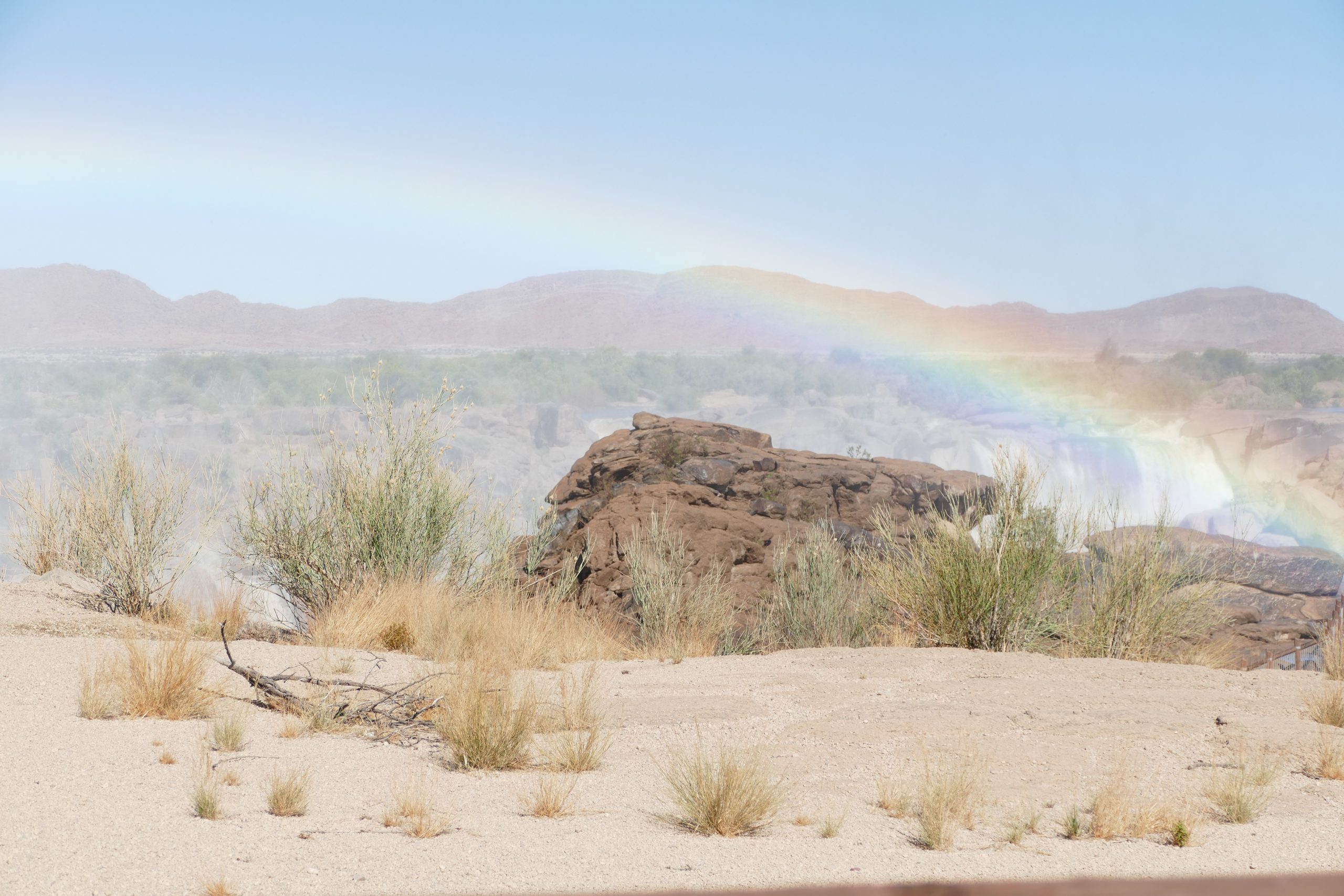
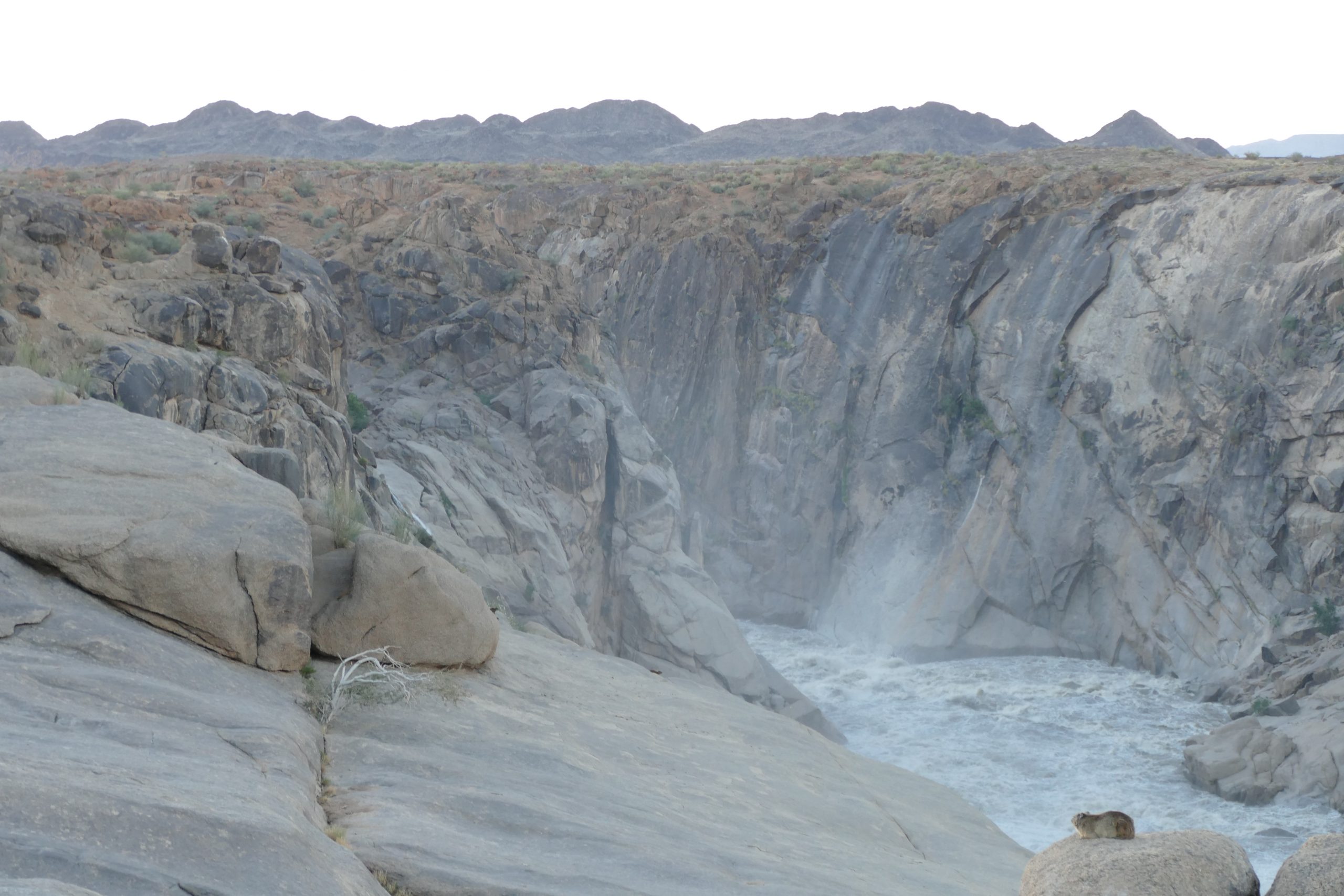
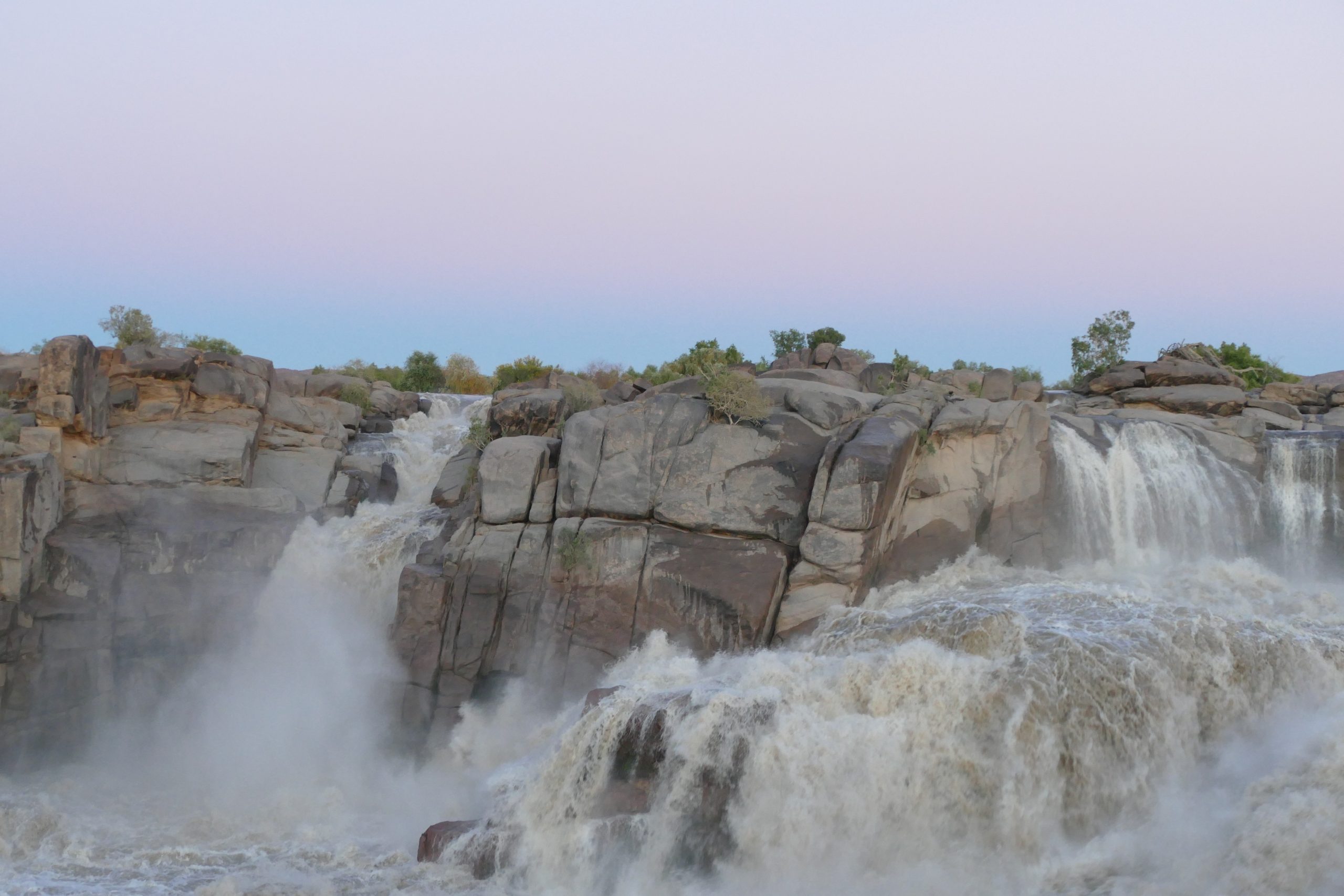
Augrabies Falls National Park – Cederberg Chalets drive about 650km; 10hr
Day 12 – 13: After a stunning sunrise you should soon start your drive as it will be a very long one towards the Cederberg mountains but it will truly be worth it. The Cederberg Chalets are situated in the middle of the mountains between the Matjiesrivier Nature Reserve and the Rooi Cederberg Karoo Park. If I say they are situated in the mountains that is meant literally as you will need a 4×4 to climb up the steep hills and rocky terrain, although the owner only recommends high clearance, I would only attempt the drive with a 4×4 as the region is very remote and help might be hours away if at all in case of emergency. After leaving Augrabies you will first drive on tar road but it will turn into a beautiful gravel road after half way and get quite tough for the last section, whereby you will probably need 1,5 hours for the last 13km to reach the Leopard Rock Chalet, which is the chalet closest to the main road. It’s build into the stunning rock formations and possesses a breathtaking view due to its location on a high plateau. The cottage offers a panoramic view of the never ending stretch of vast open plains, standing amidst blooming veld flowers. There is by far no other human being and the place is made for anyone that looks for solitude, nature and wilderness. There are great hiking opportunities to explore the mountains, the valley and indulge in nature. If you are lucky you might spot some mountain zebras from your chalet or see the shy grey rhebuck jumping and running through the open plains. The owner of the chalets runs a wildlife conservation project to protect the endangered mountain zebras and your booking will contribute to their wellbeing. Due to its remote place, stargazing is at its best, so don’t forget to look out into the dark night sky and try to find the Southern cross or the Scorpion.
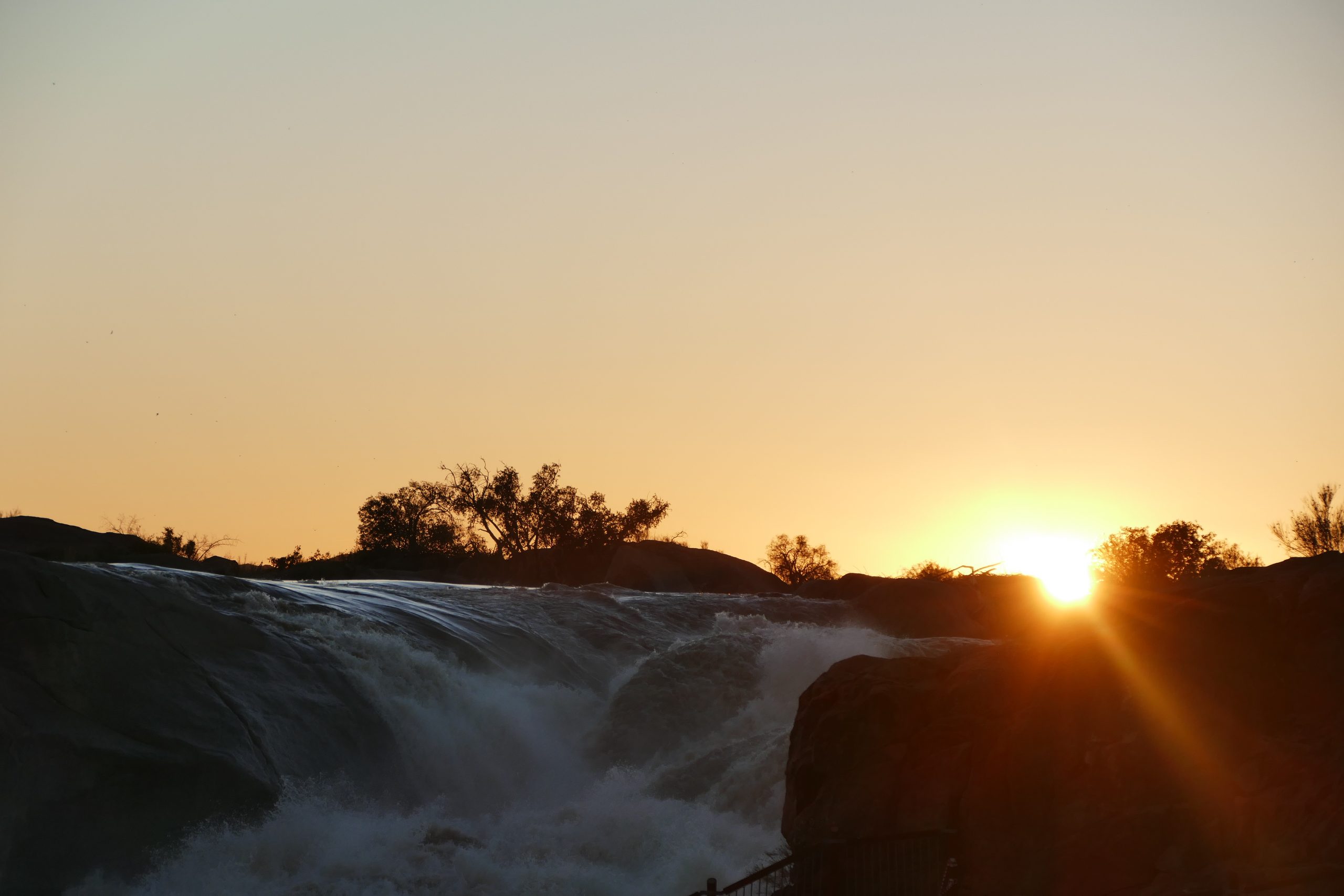
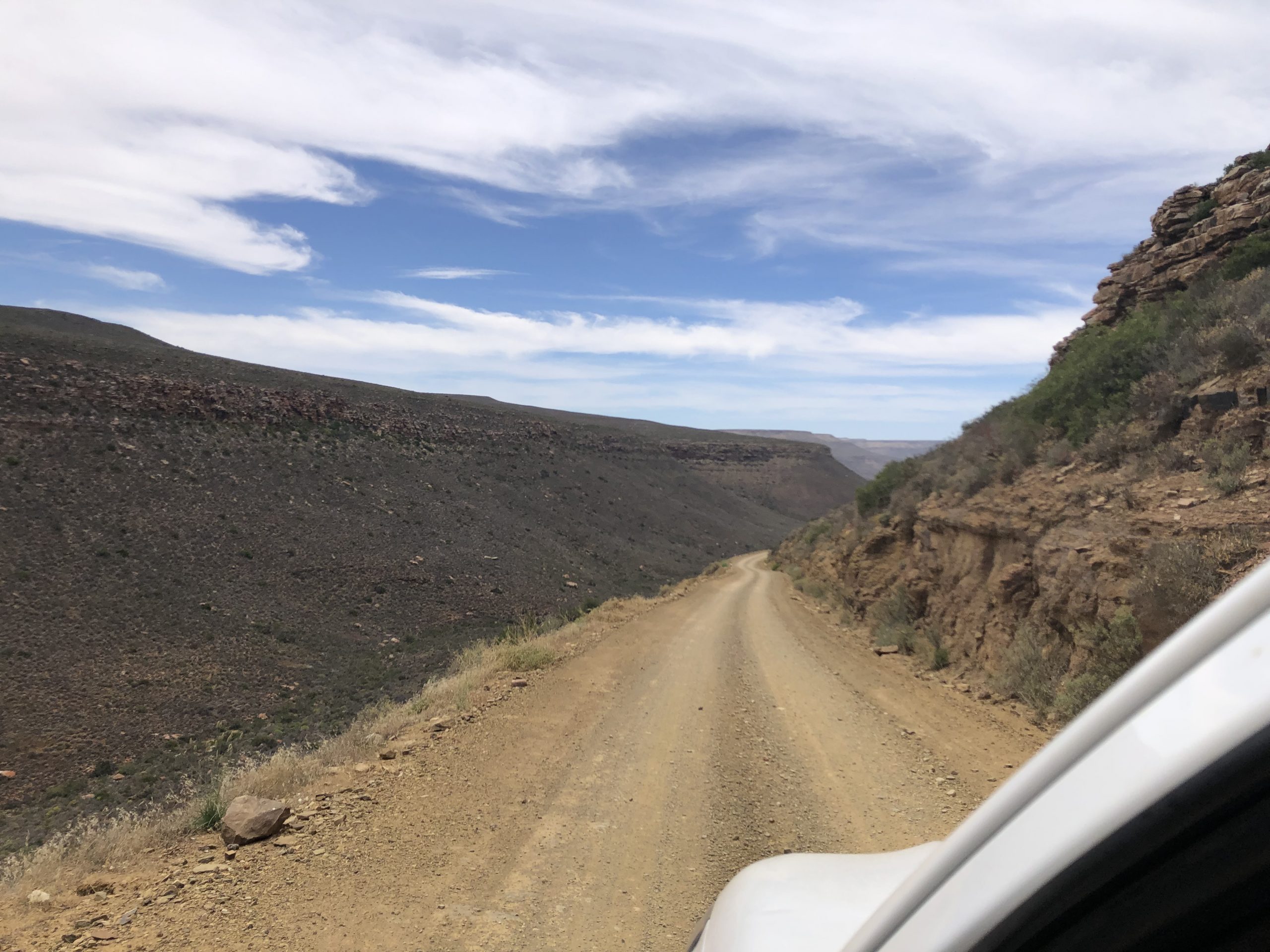
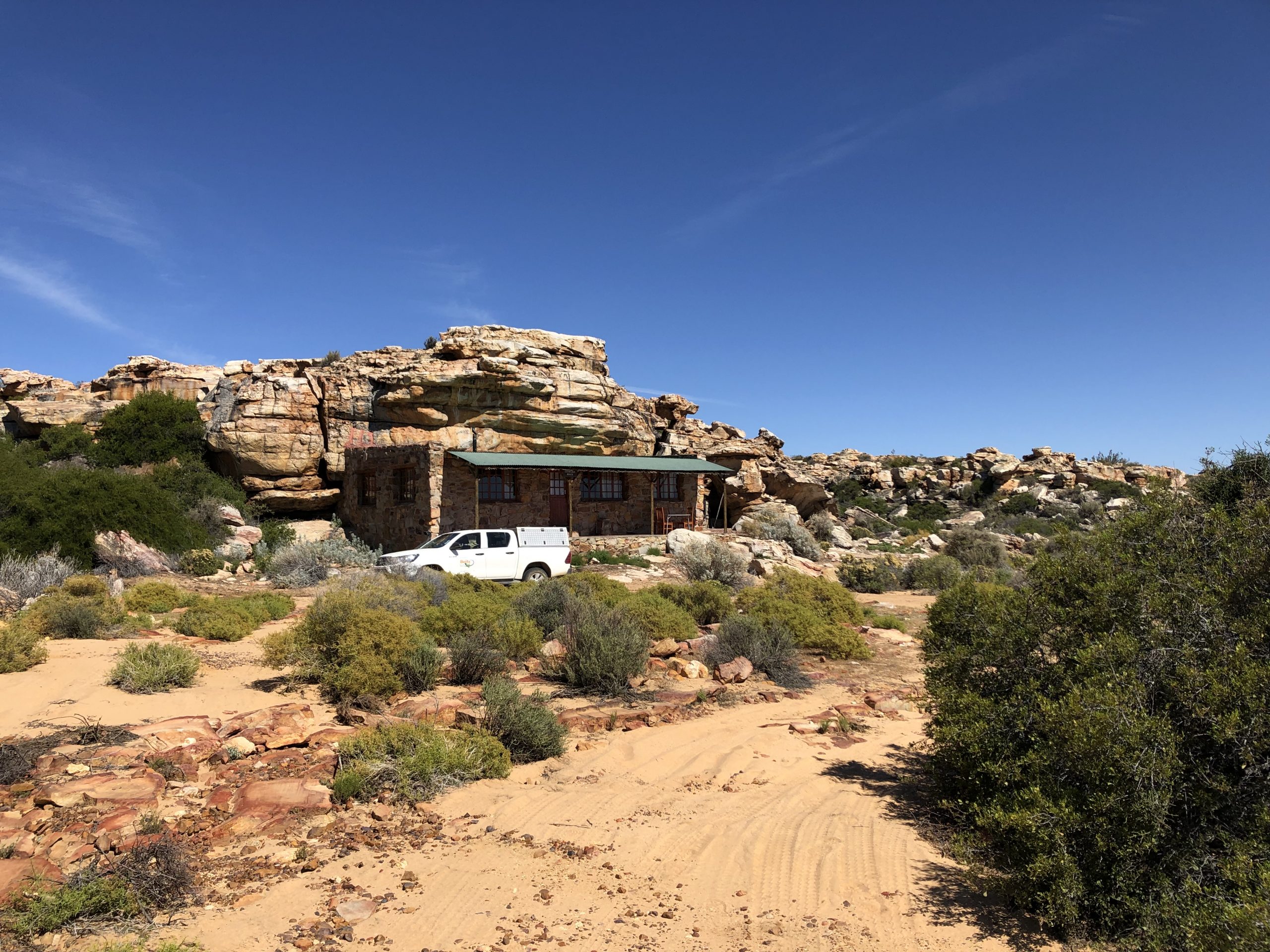
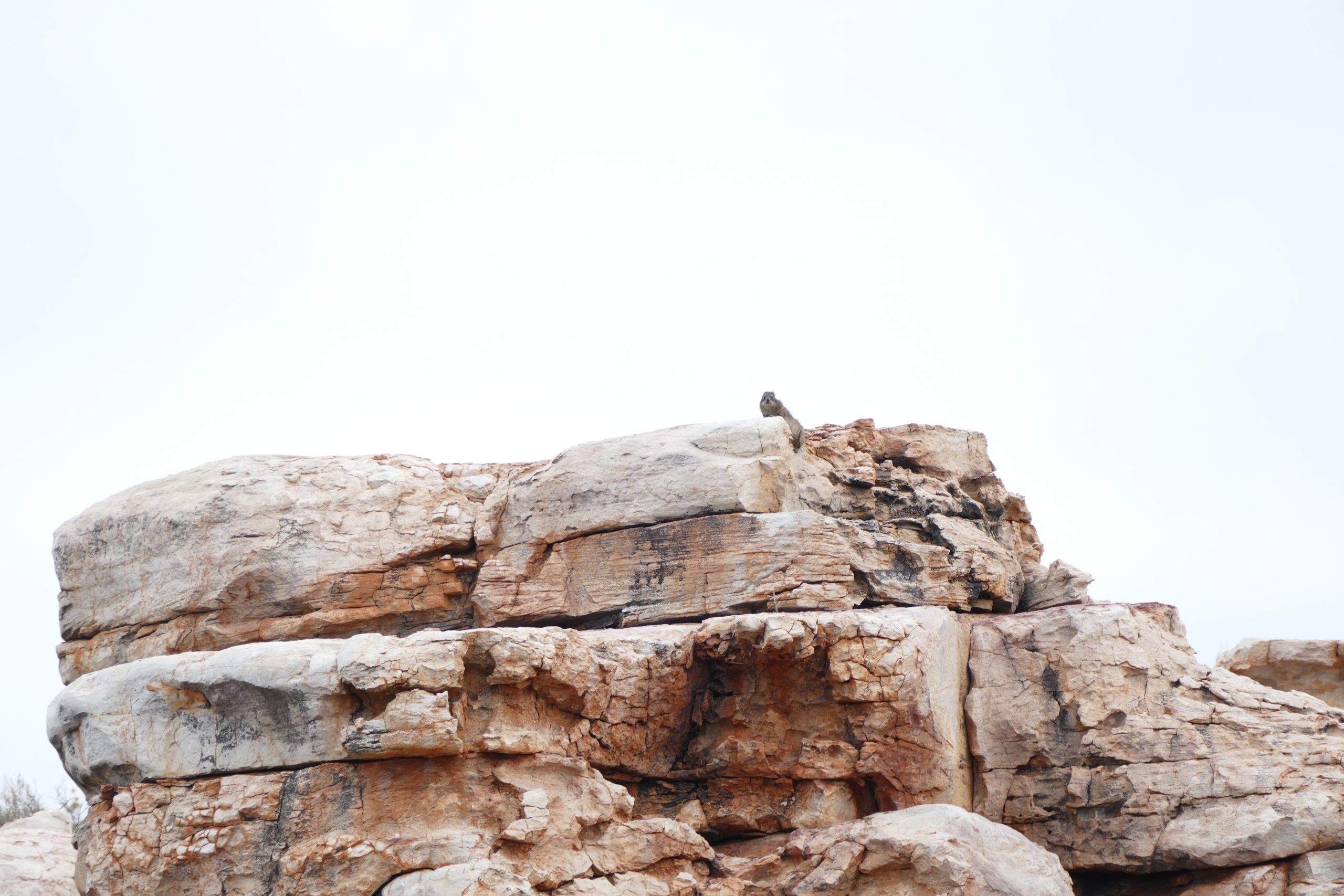
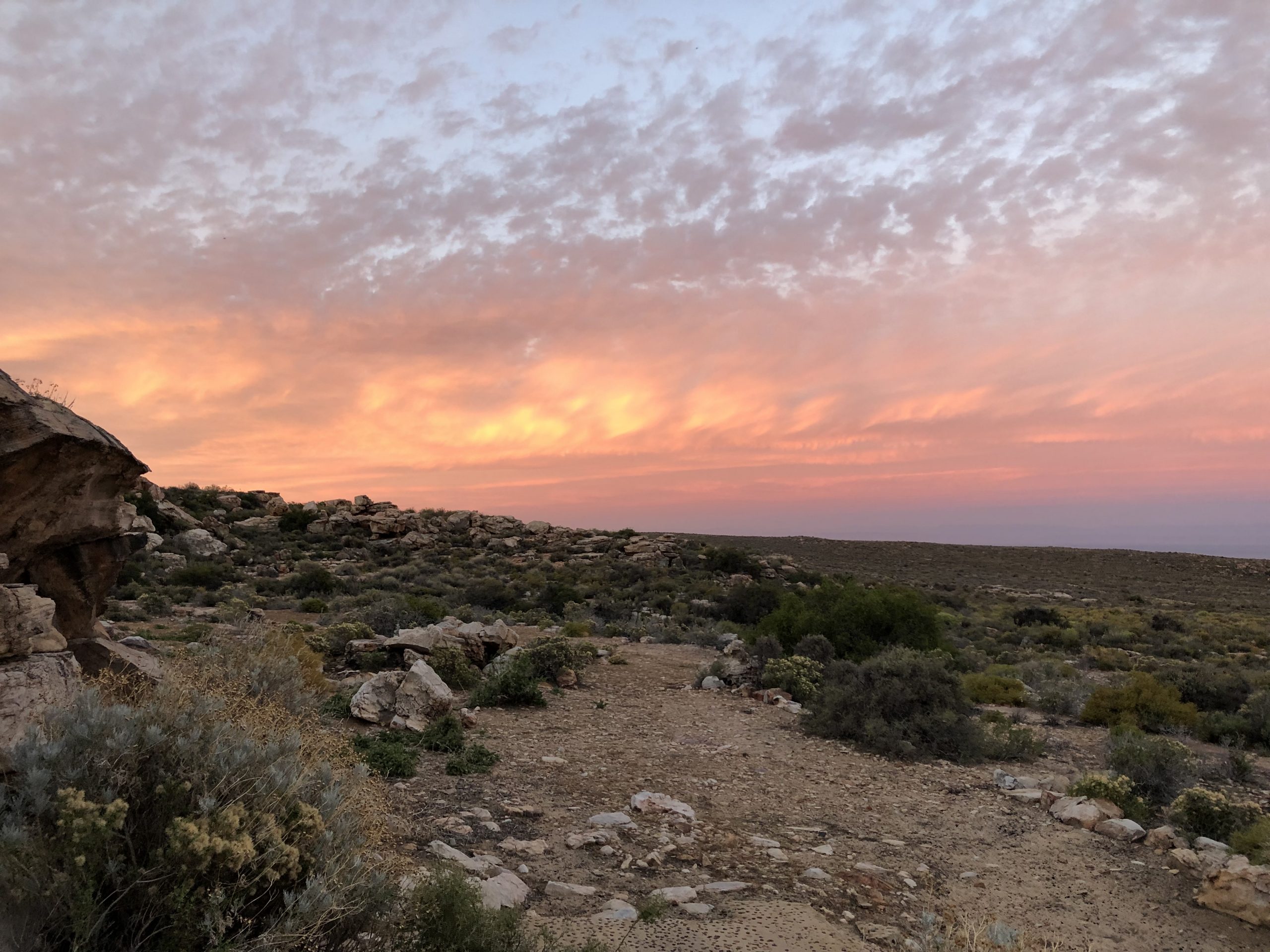
Cederberg Chalets – Cape Town drive about 270km; 4hr
Day 14 – 15: It’s about time to head back to Cape Town, enjoy the scenic drive down the mountains from the chalet for about 1 hour back to the gravel main road, which will soon after become a tar road again. Back in Cape Town you will feel the contrast between the solitude of the past 2 nights and the city vibes. There is plenty of great dining opportunities that you might want to opt for after the past weeks before your last night in Cape Town will be over and shall bring you back to the Airport. Bybe bye, salut and Totsiens ∞
If you have any questions, contact me or read my advices about South Africa on Instagram.
